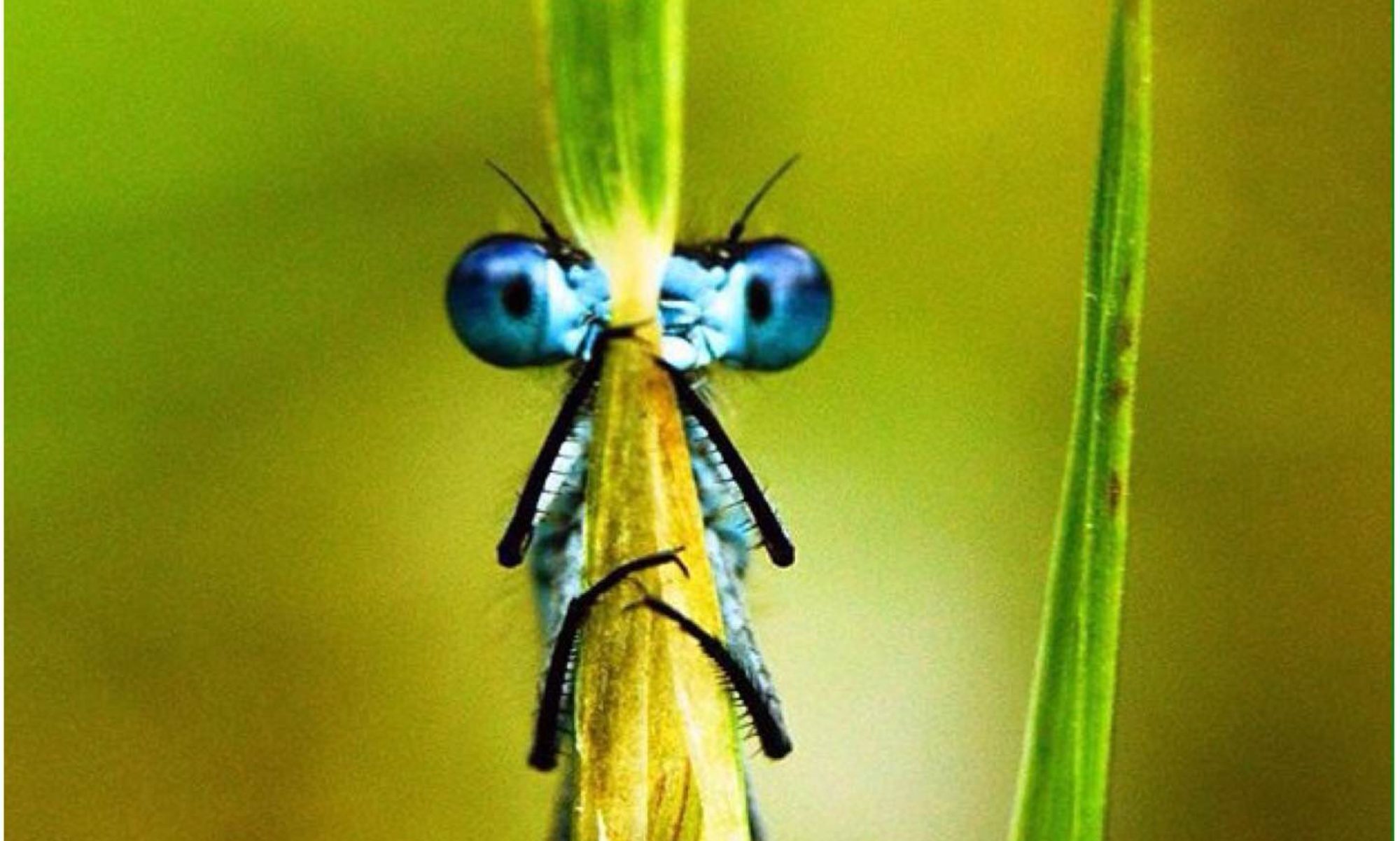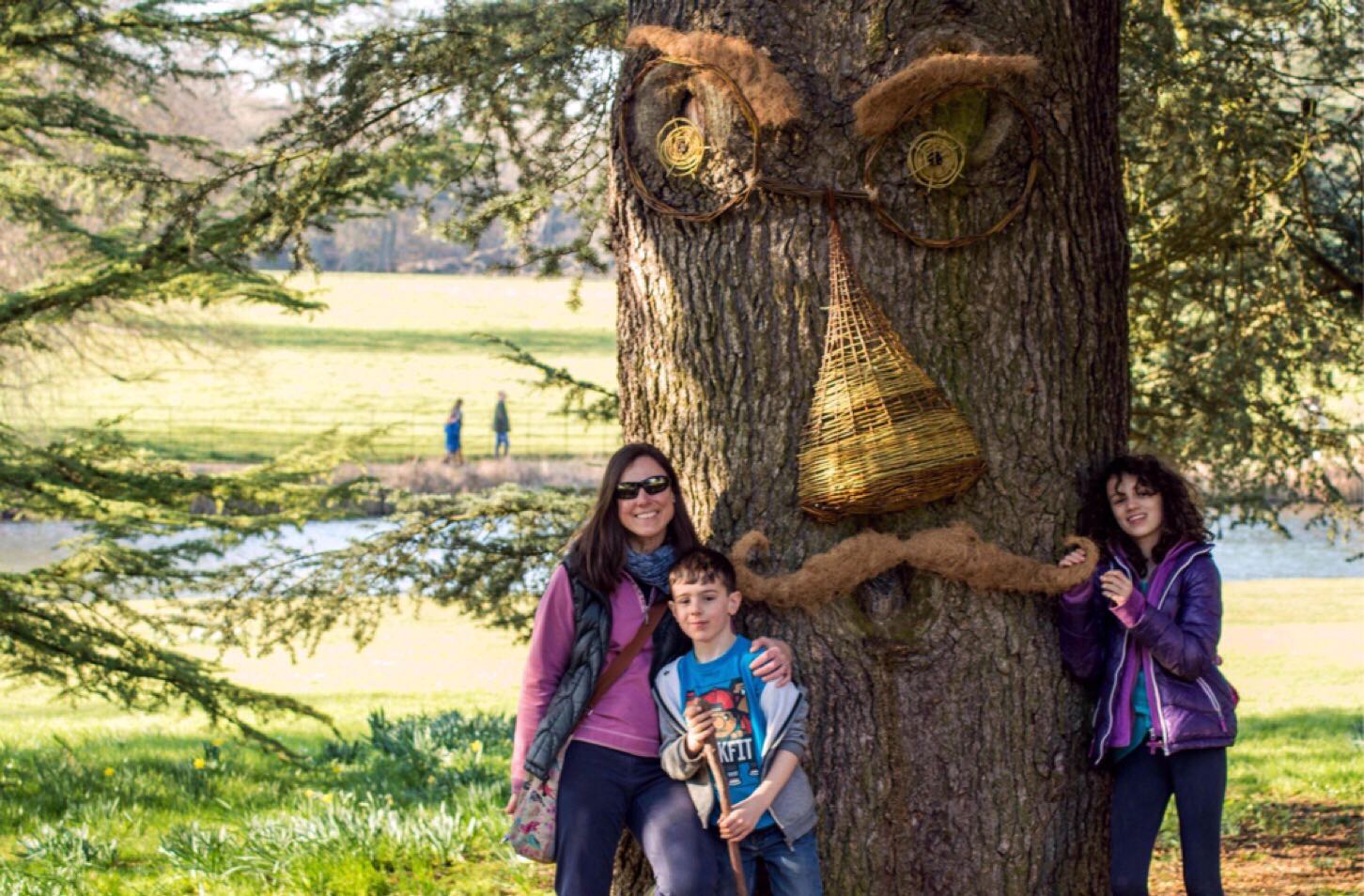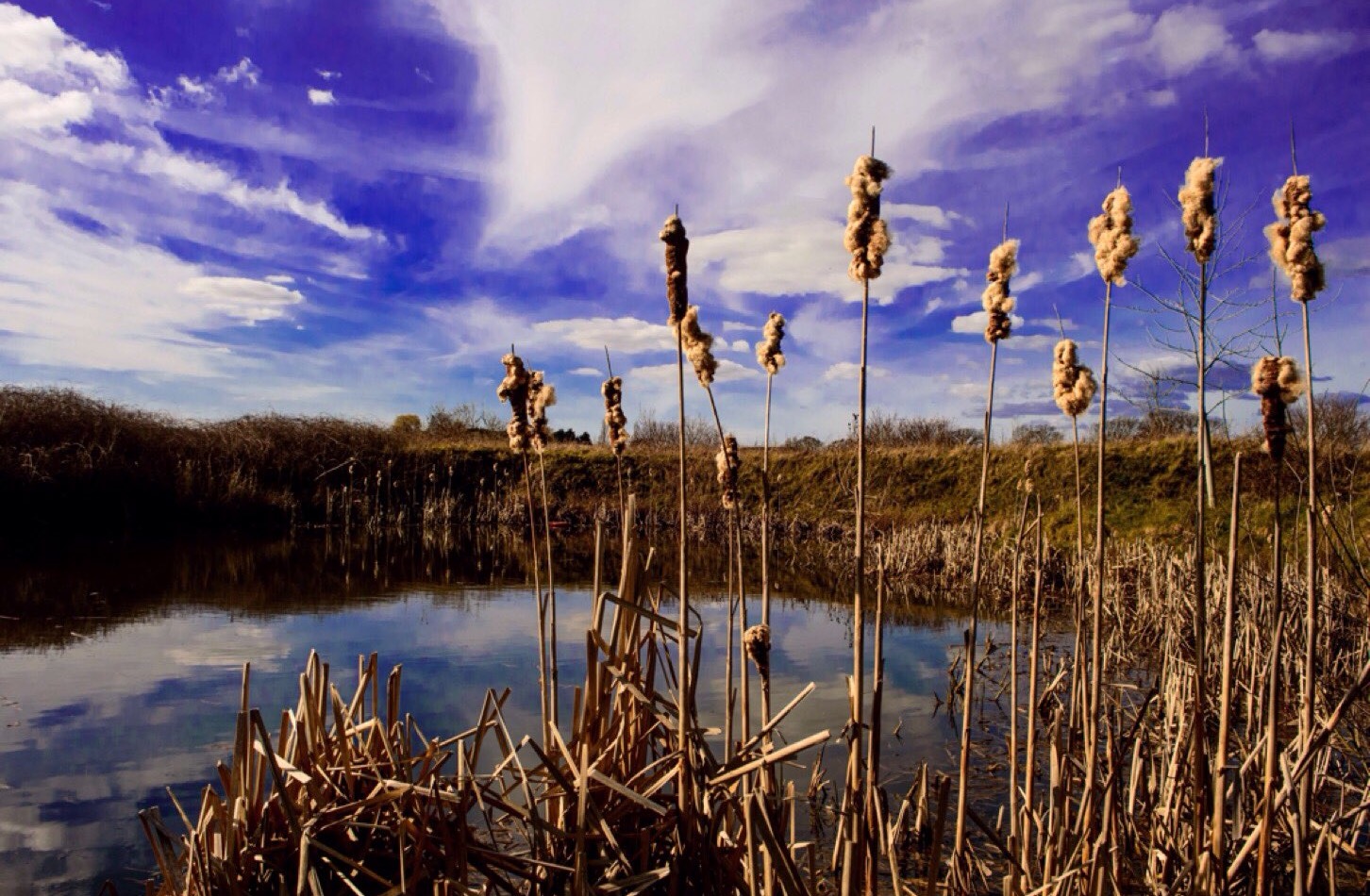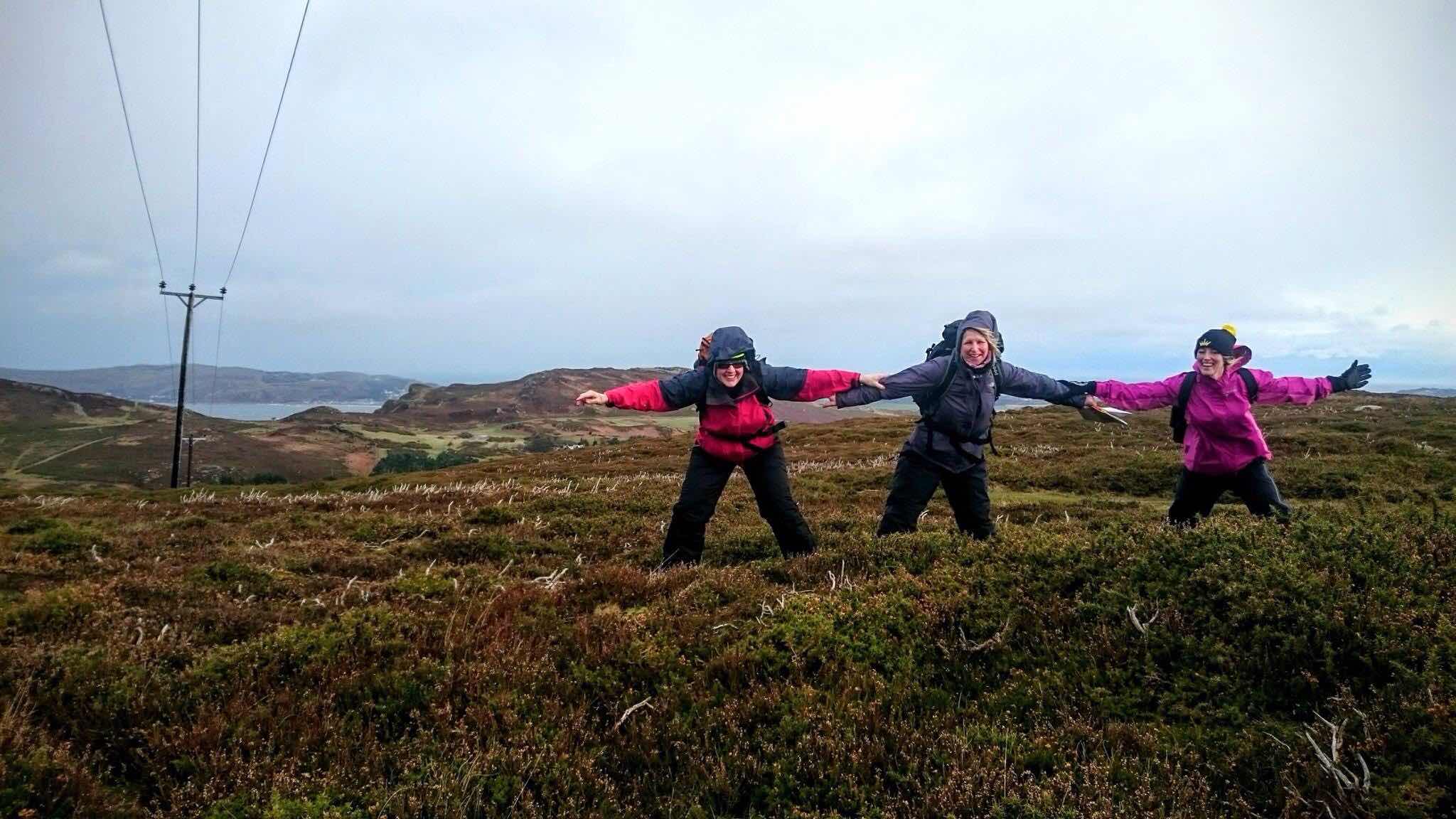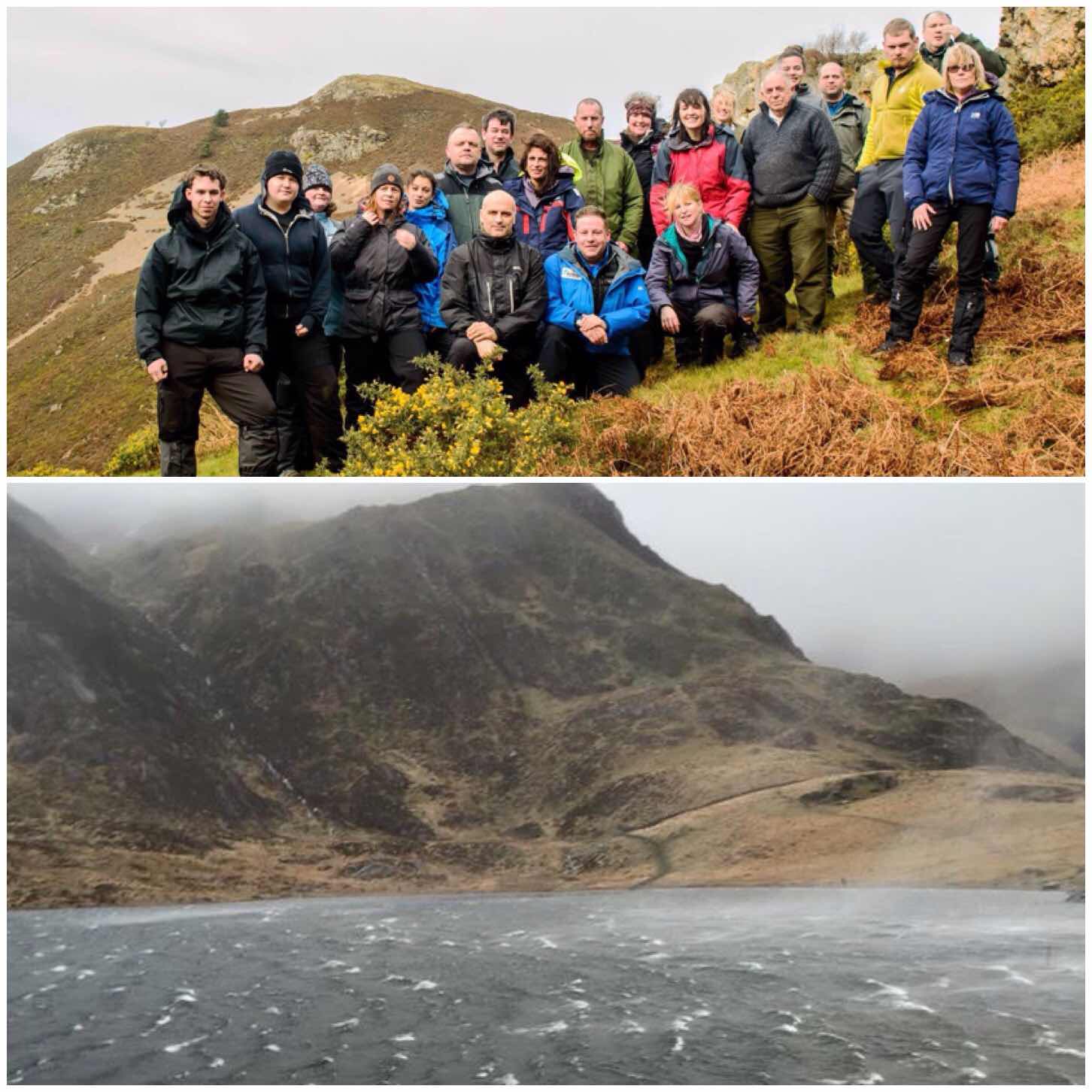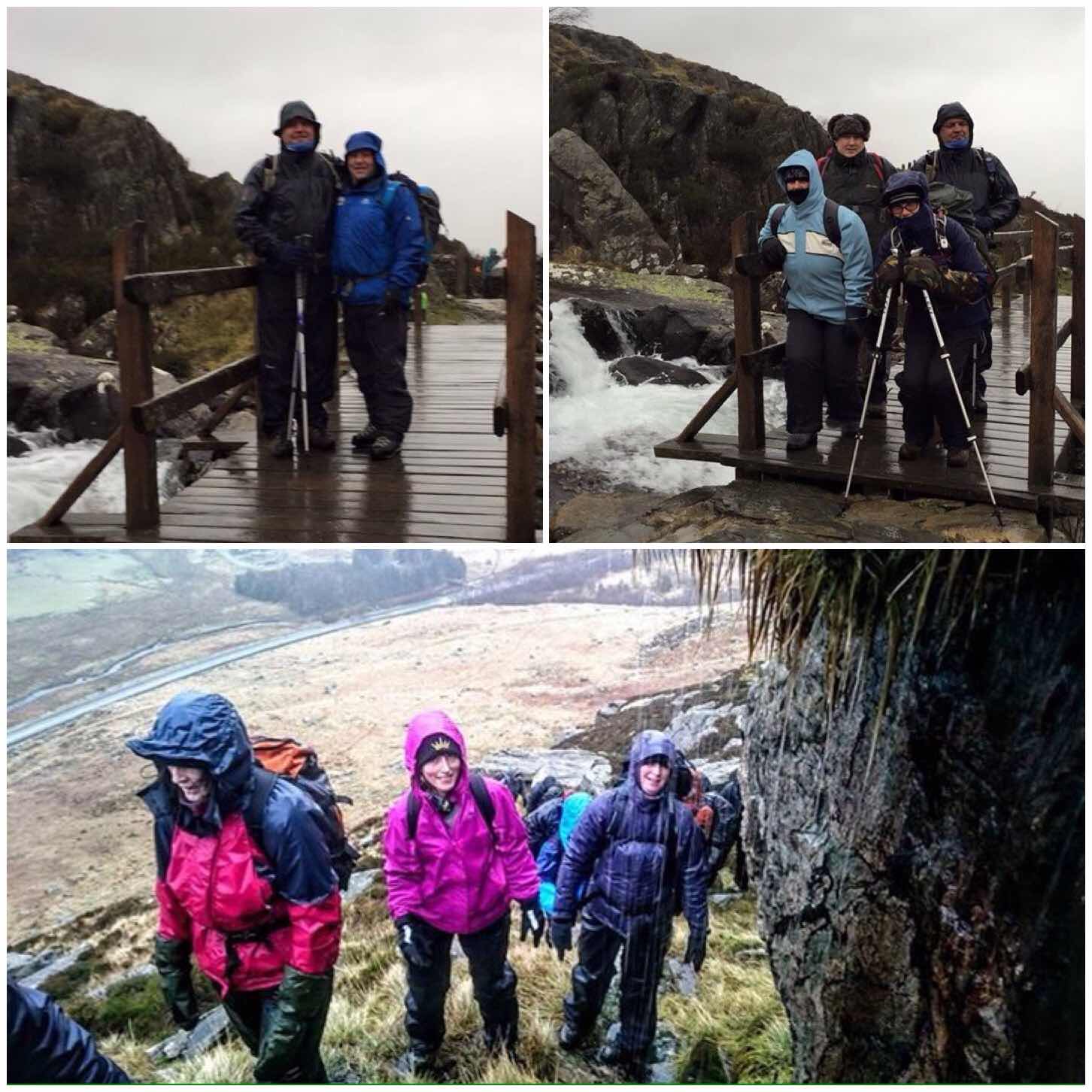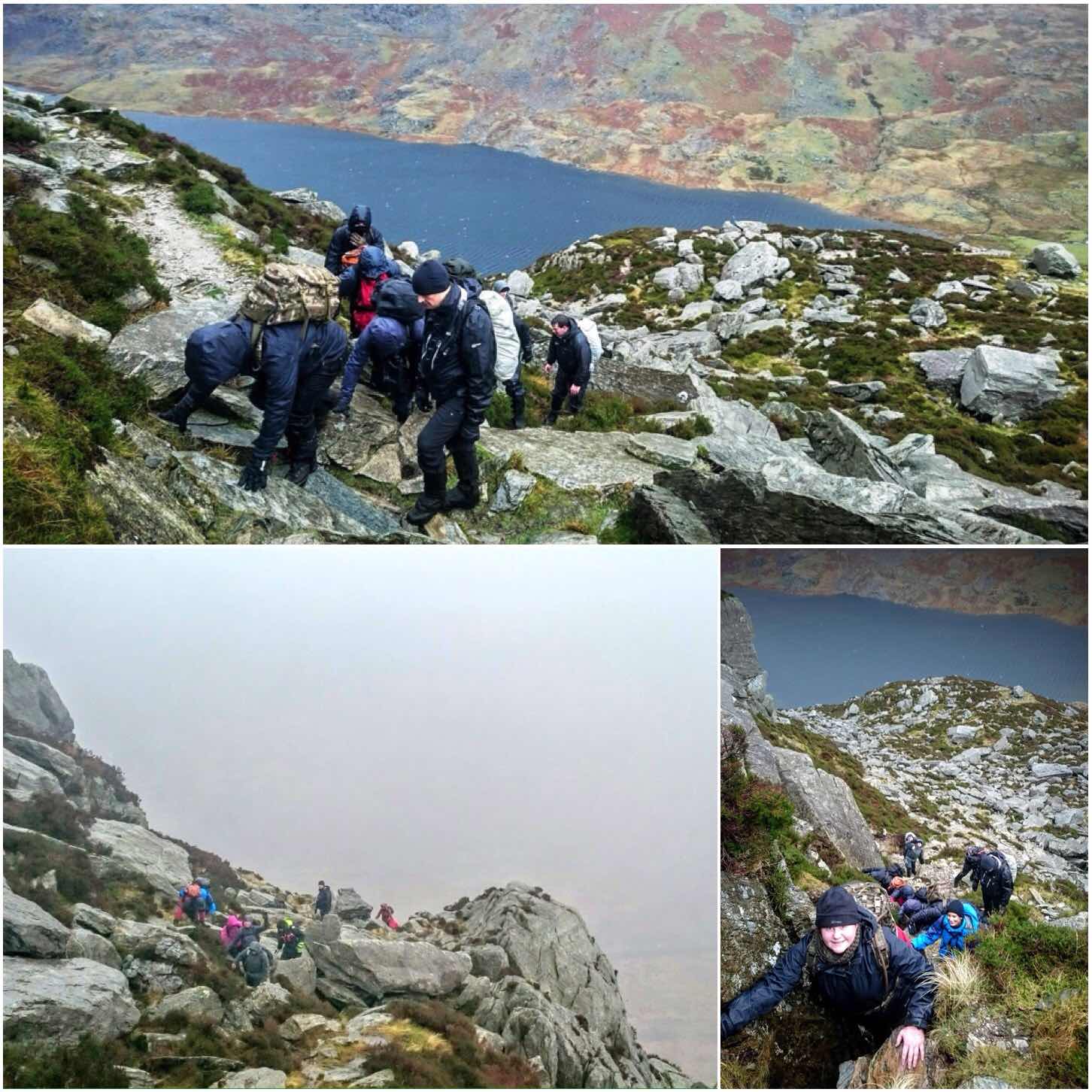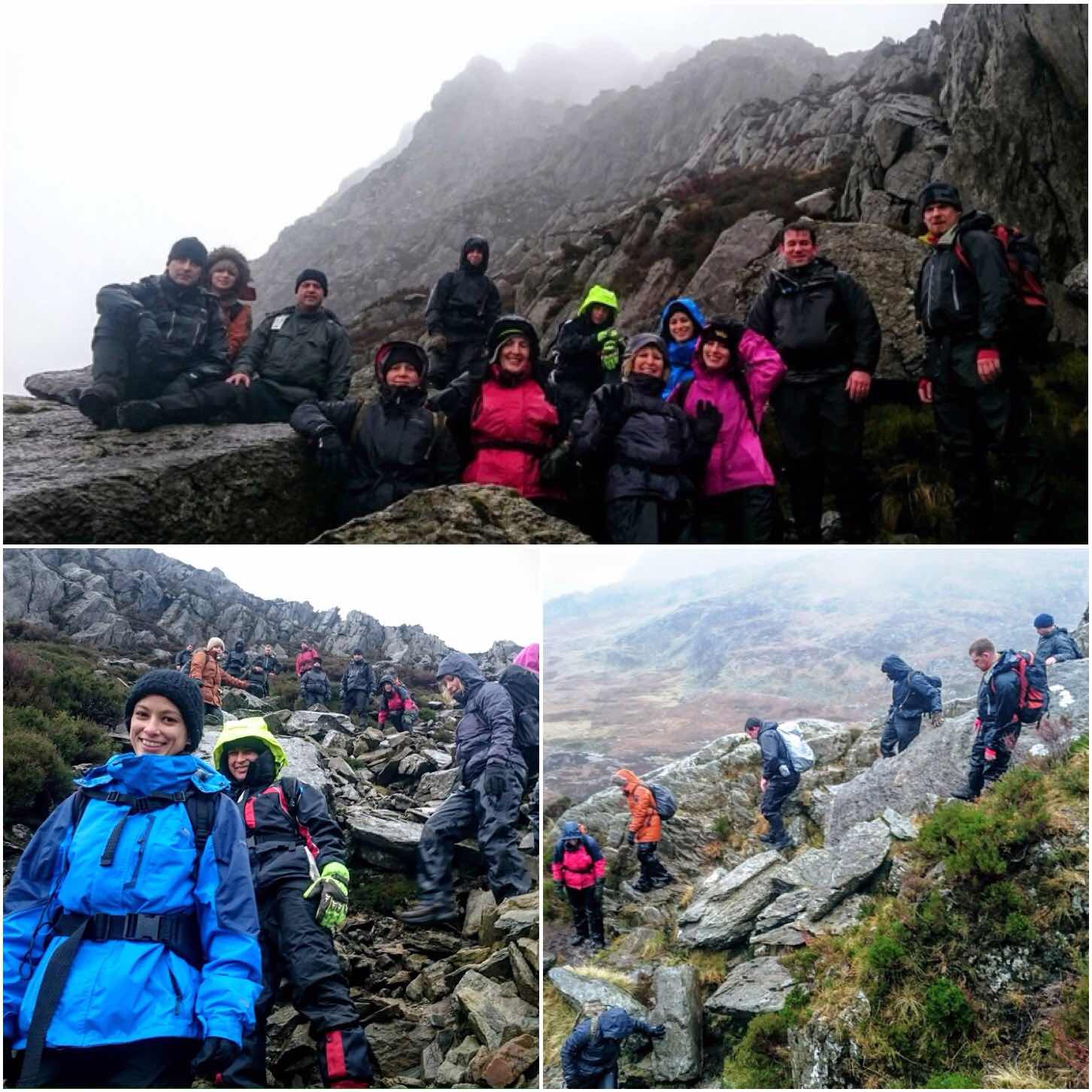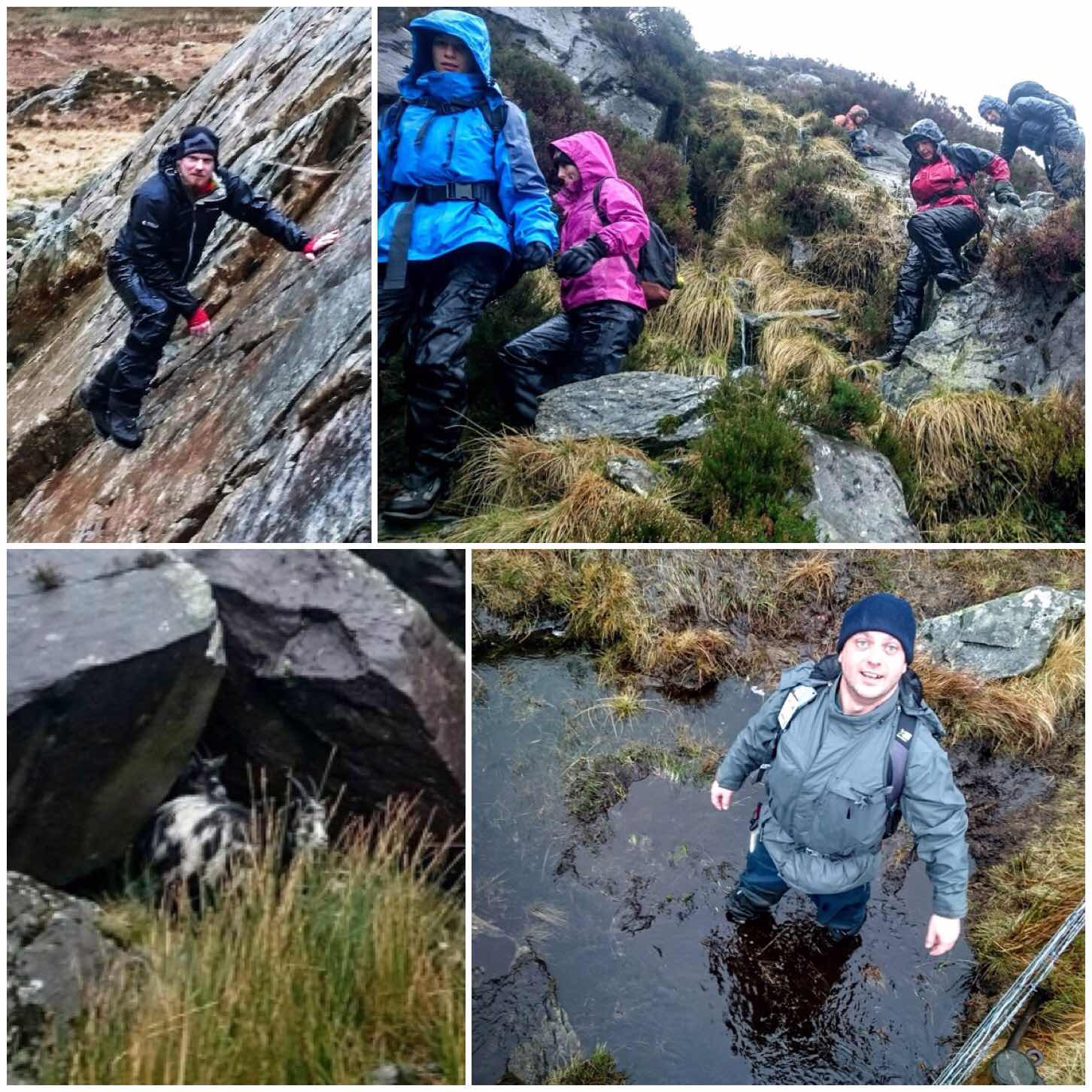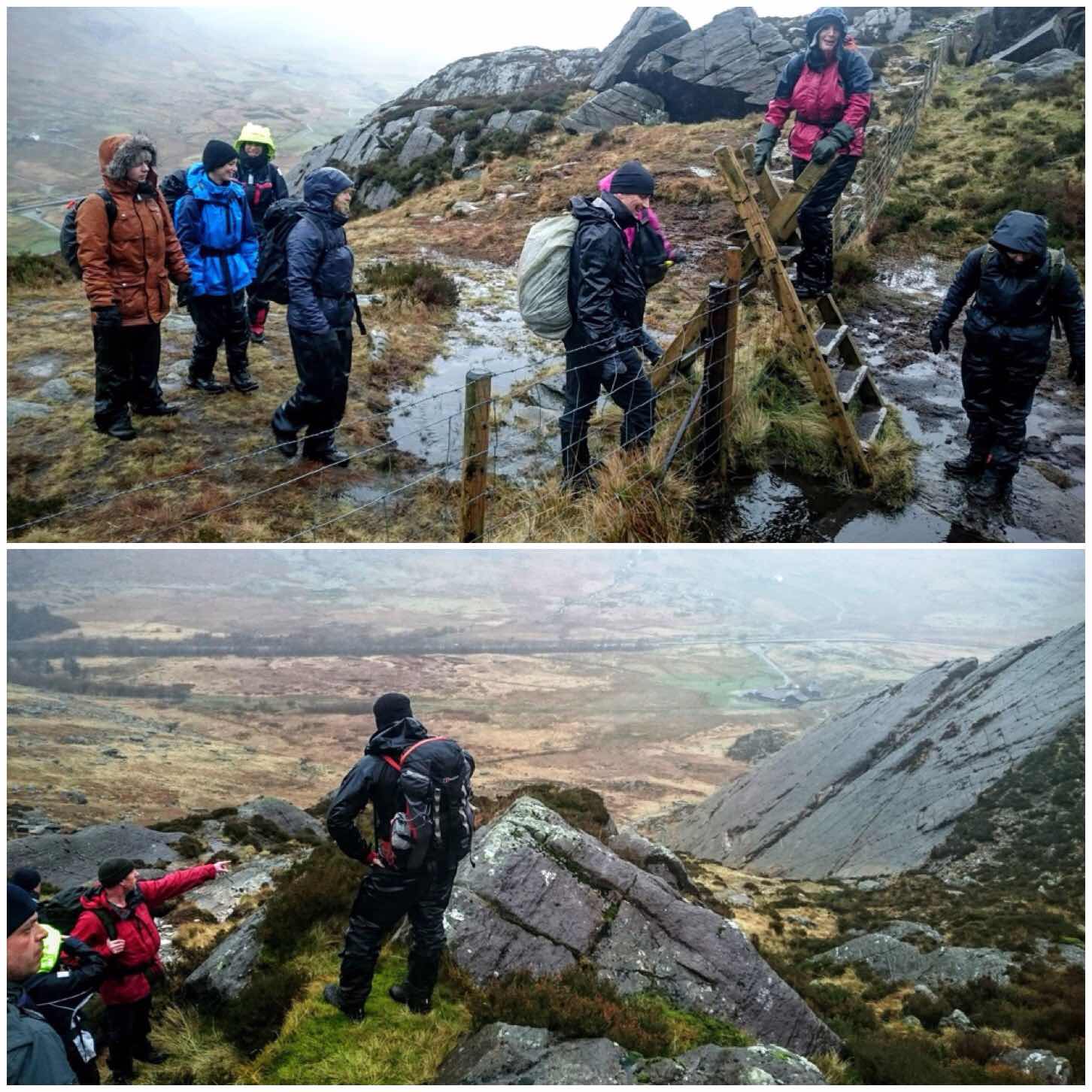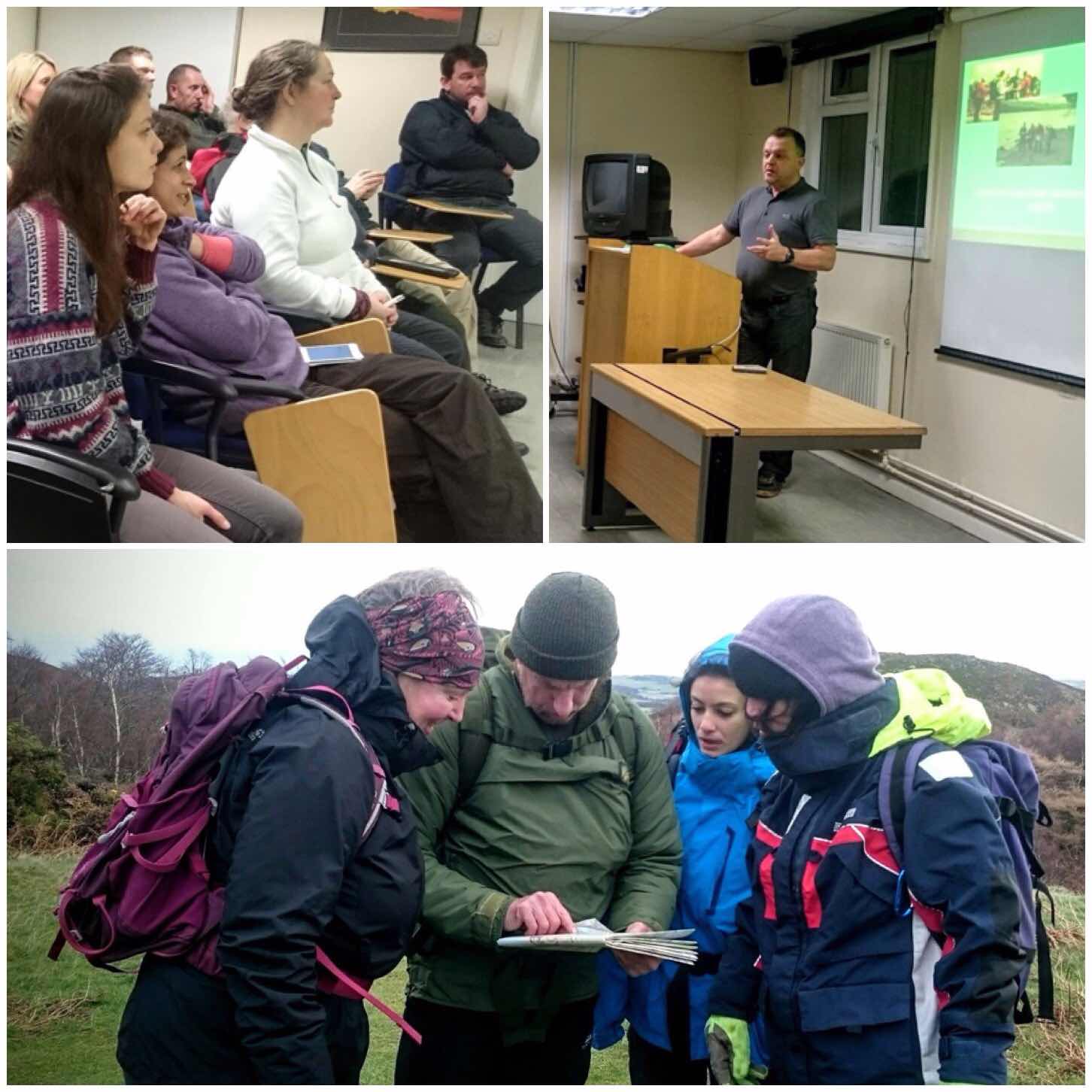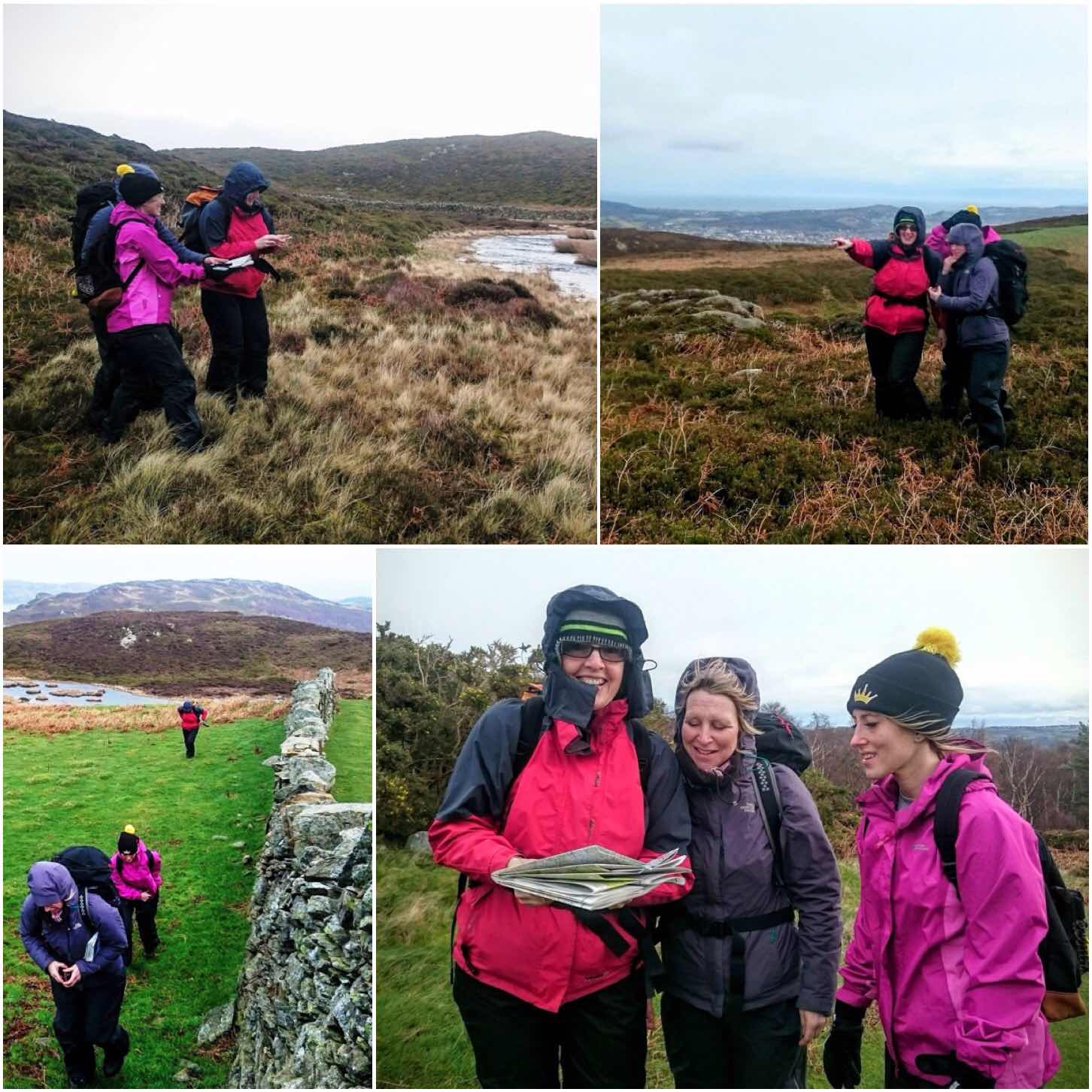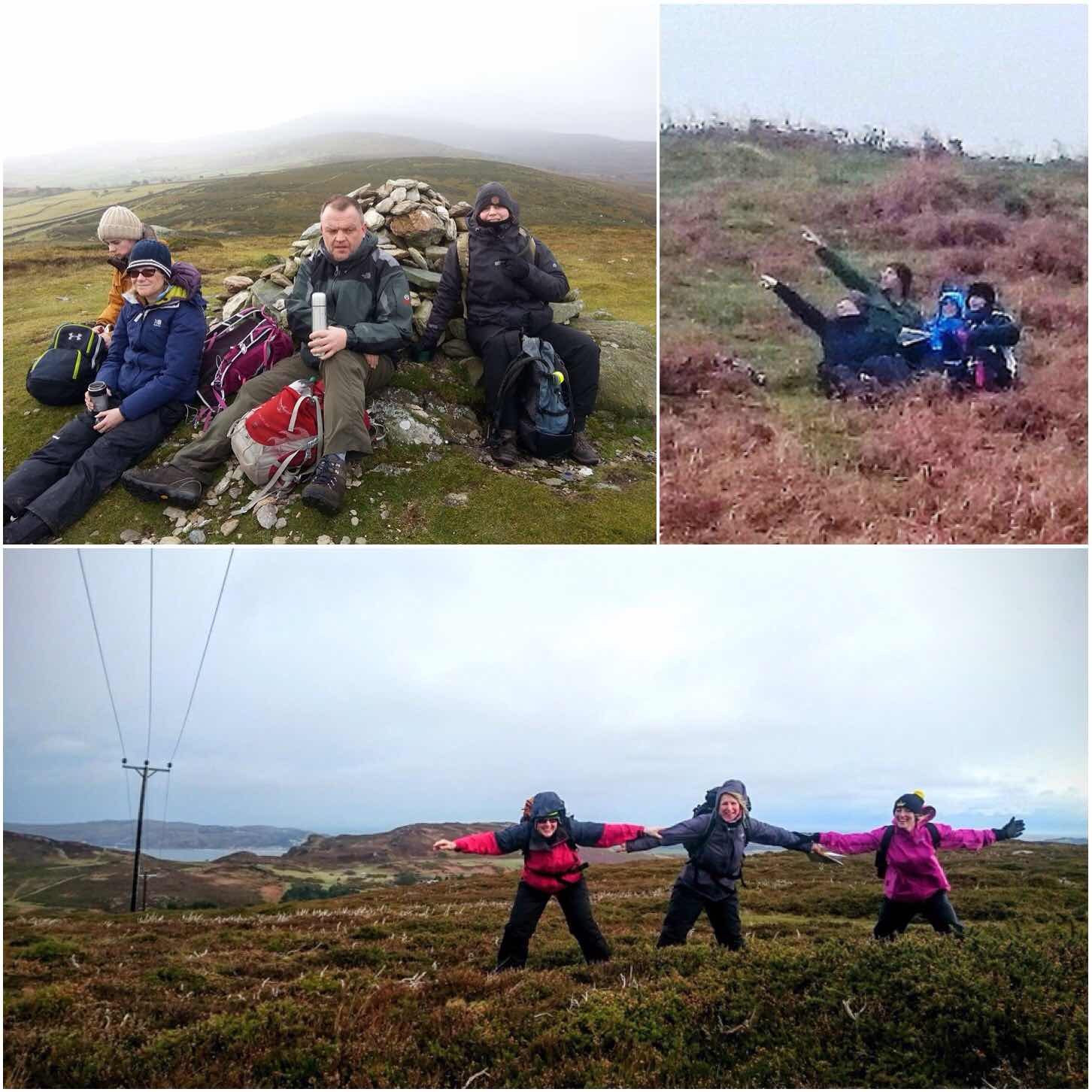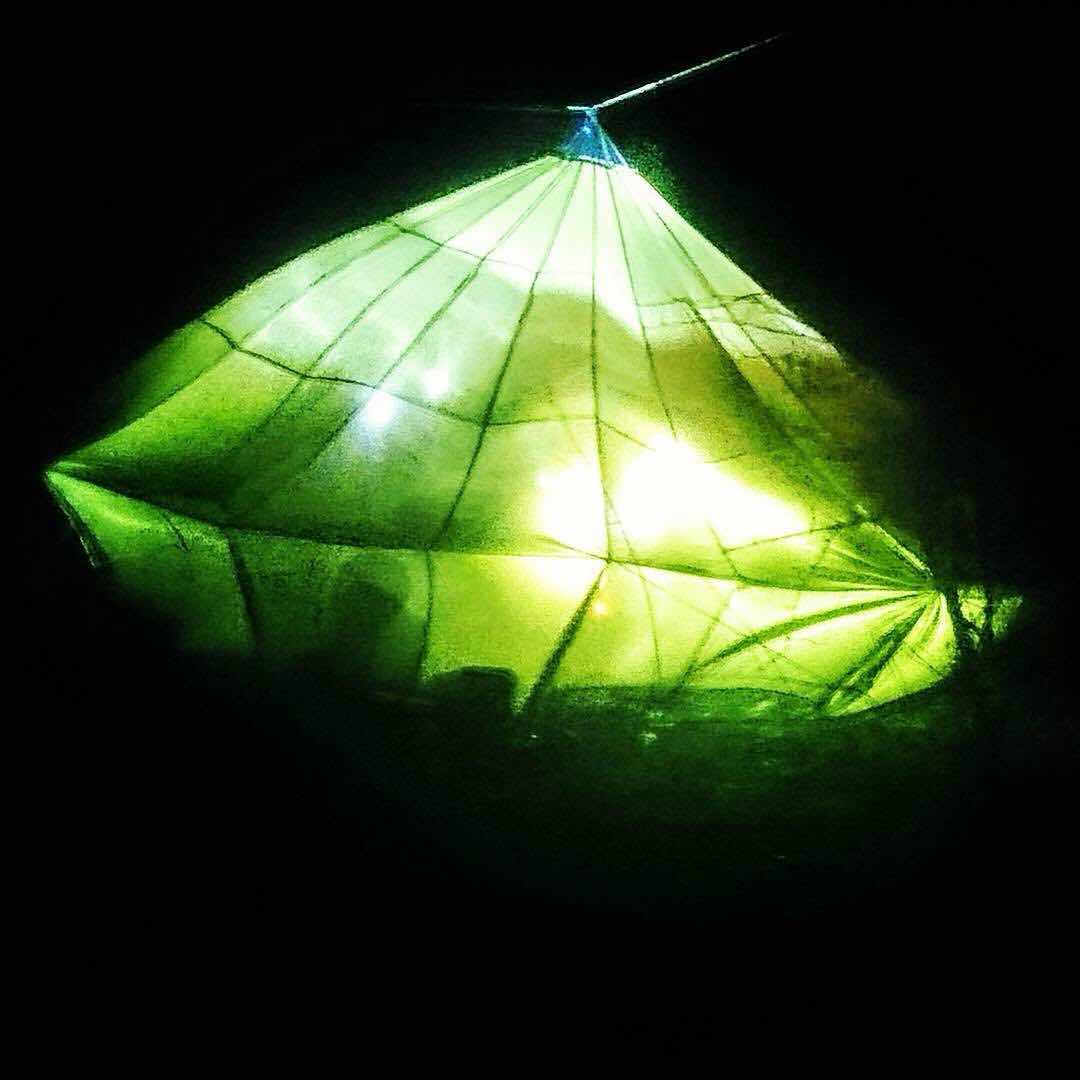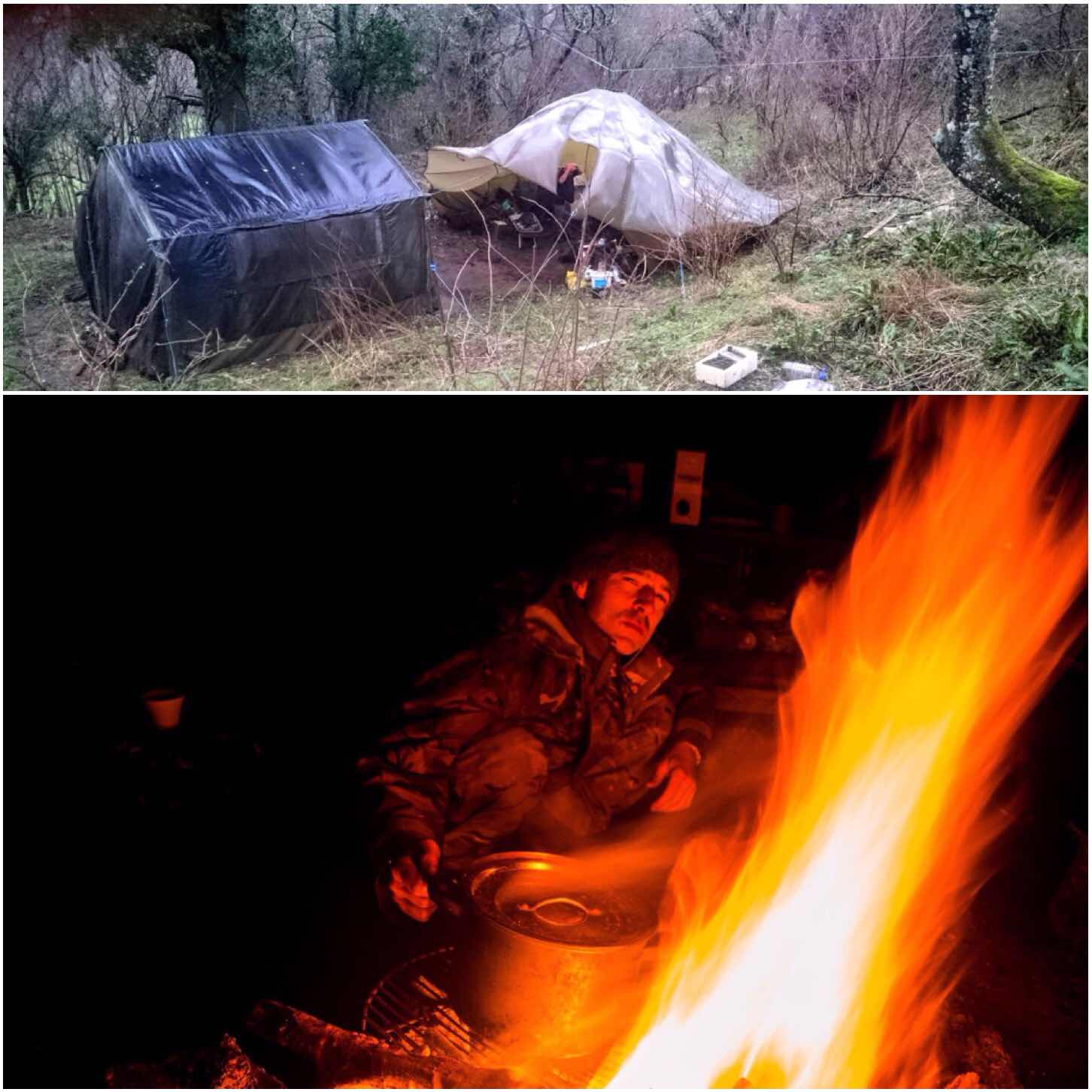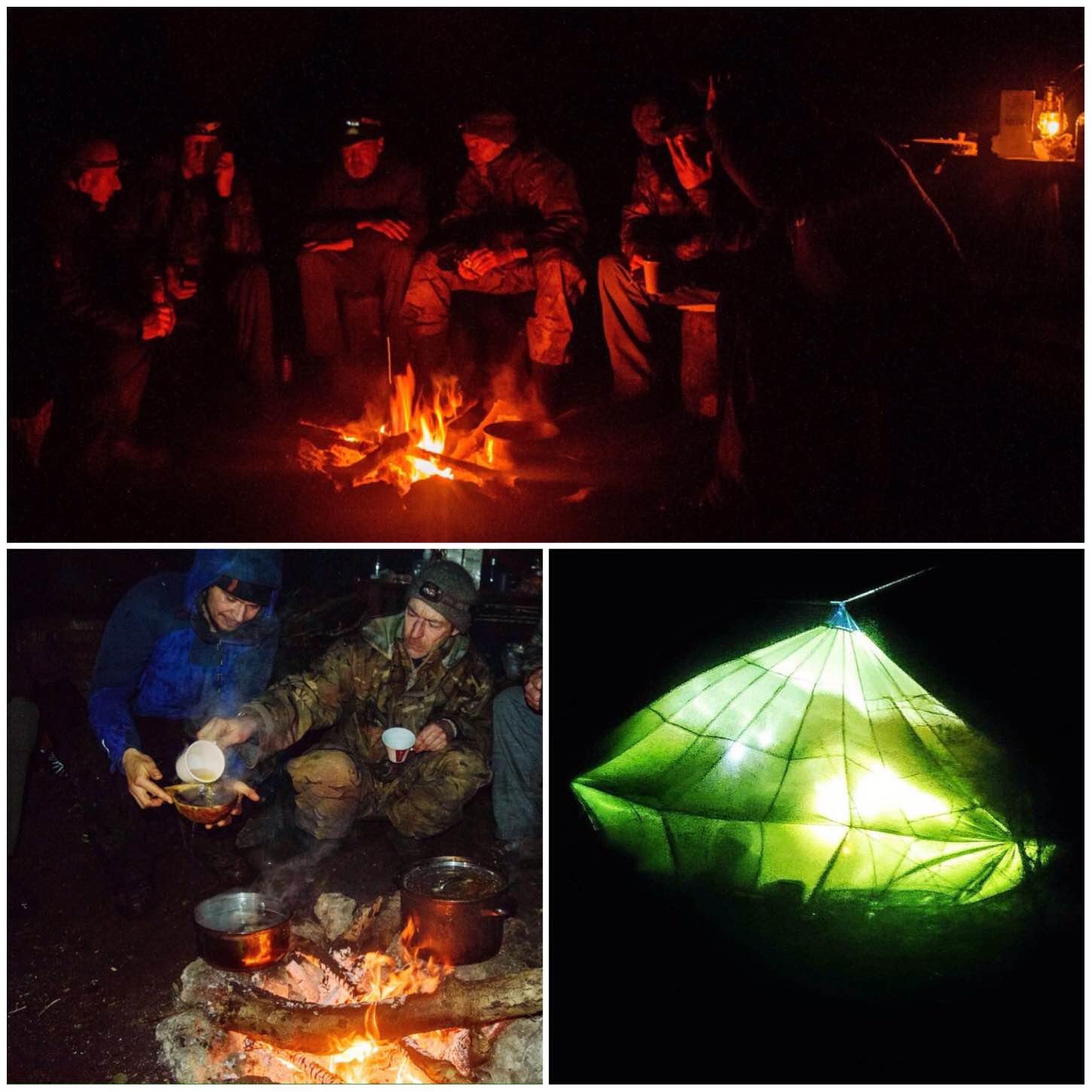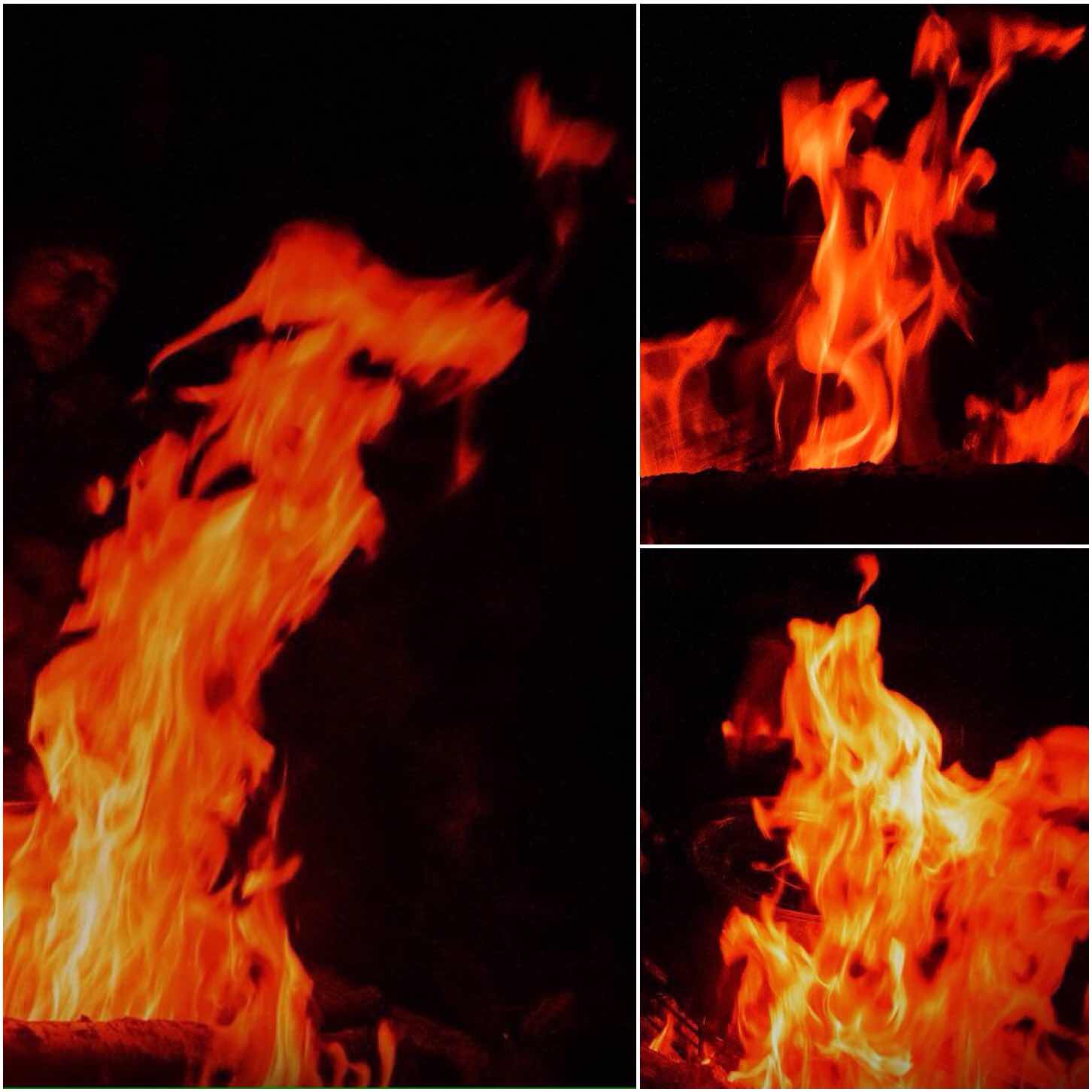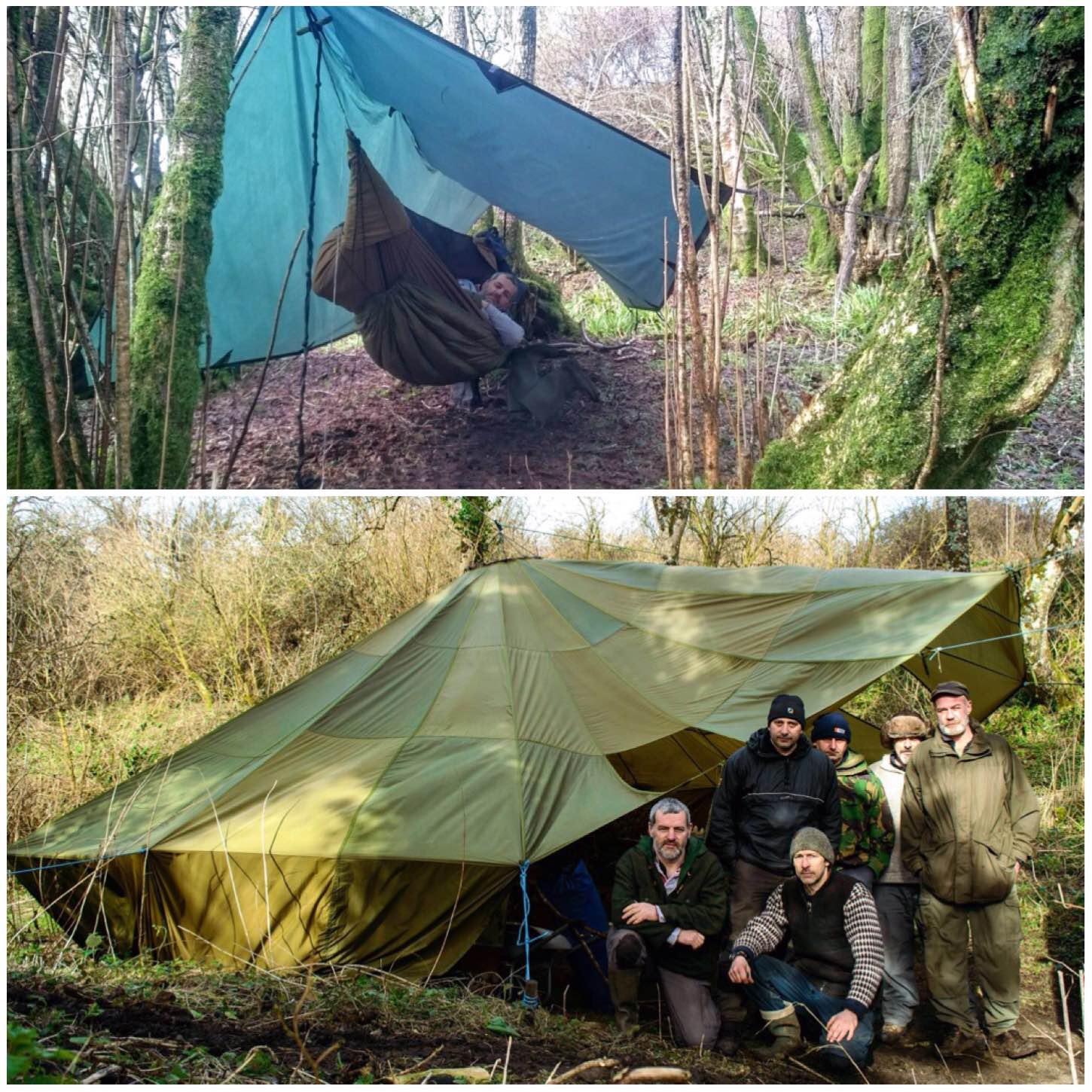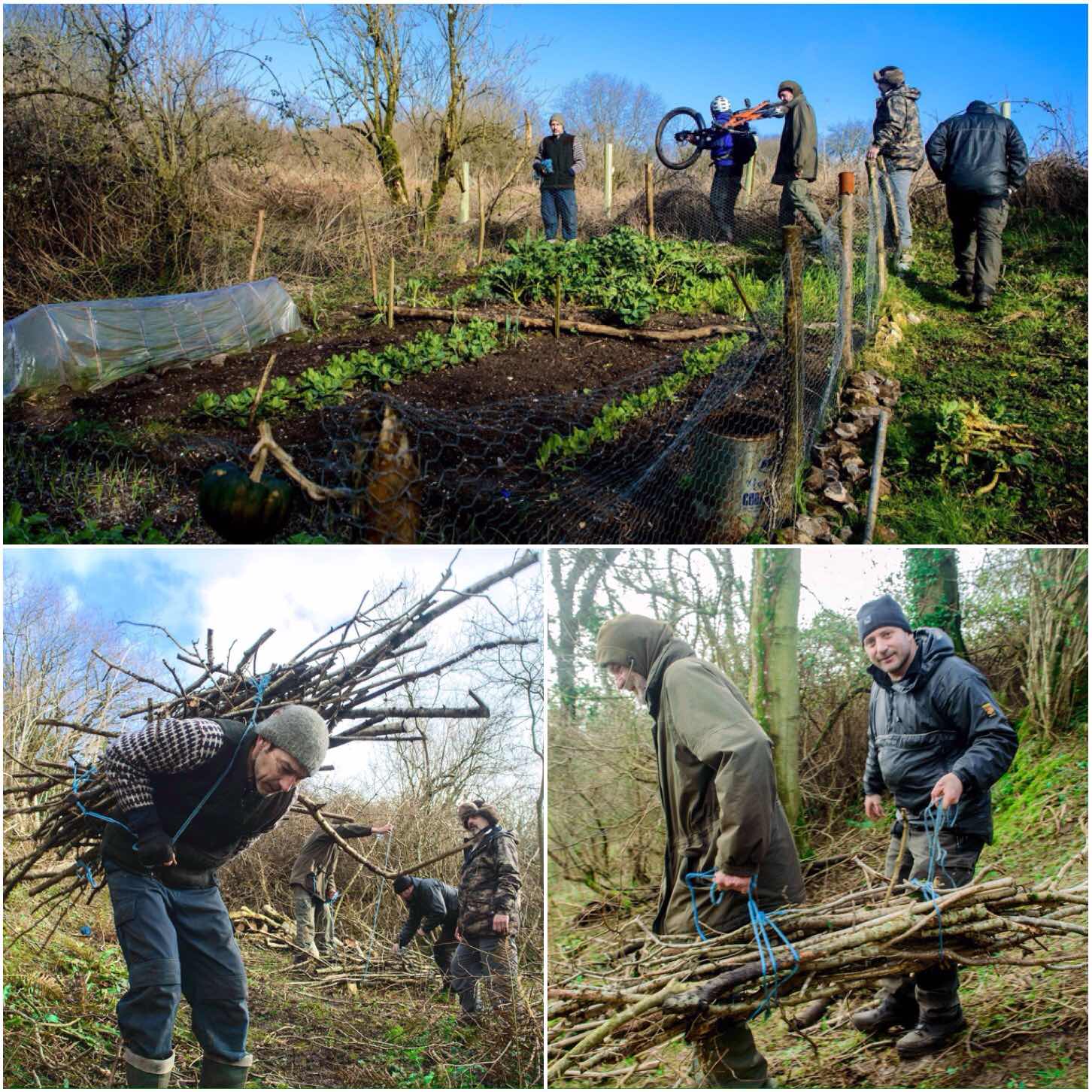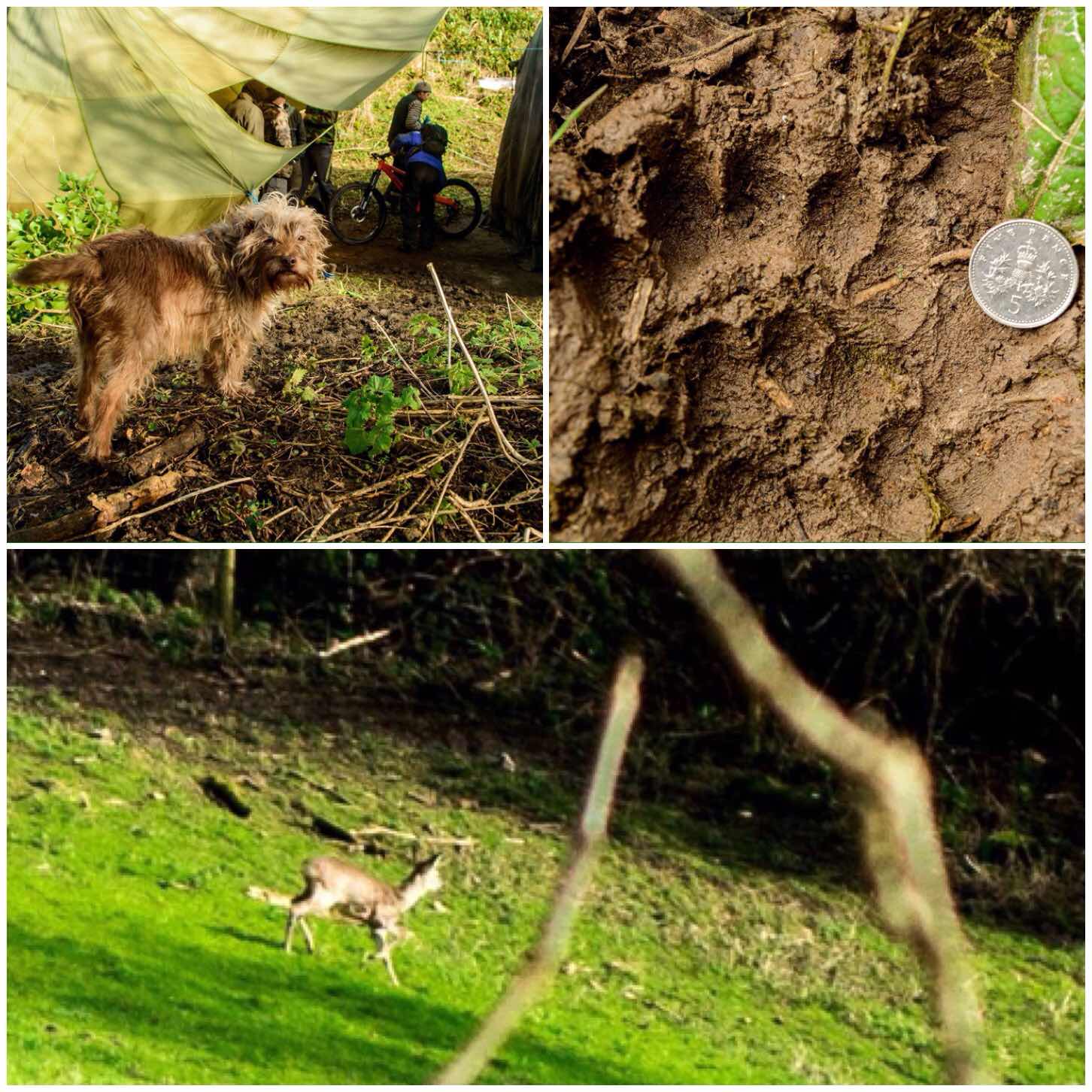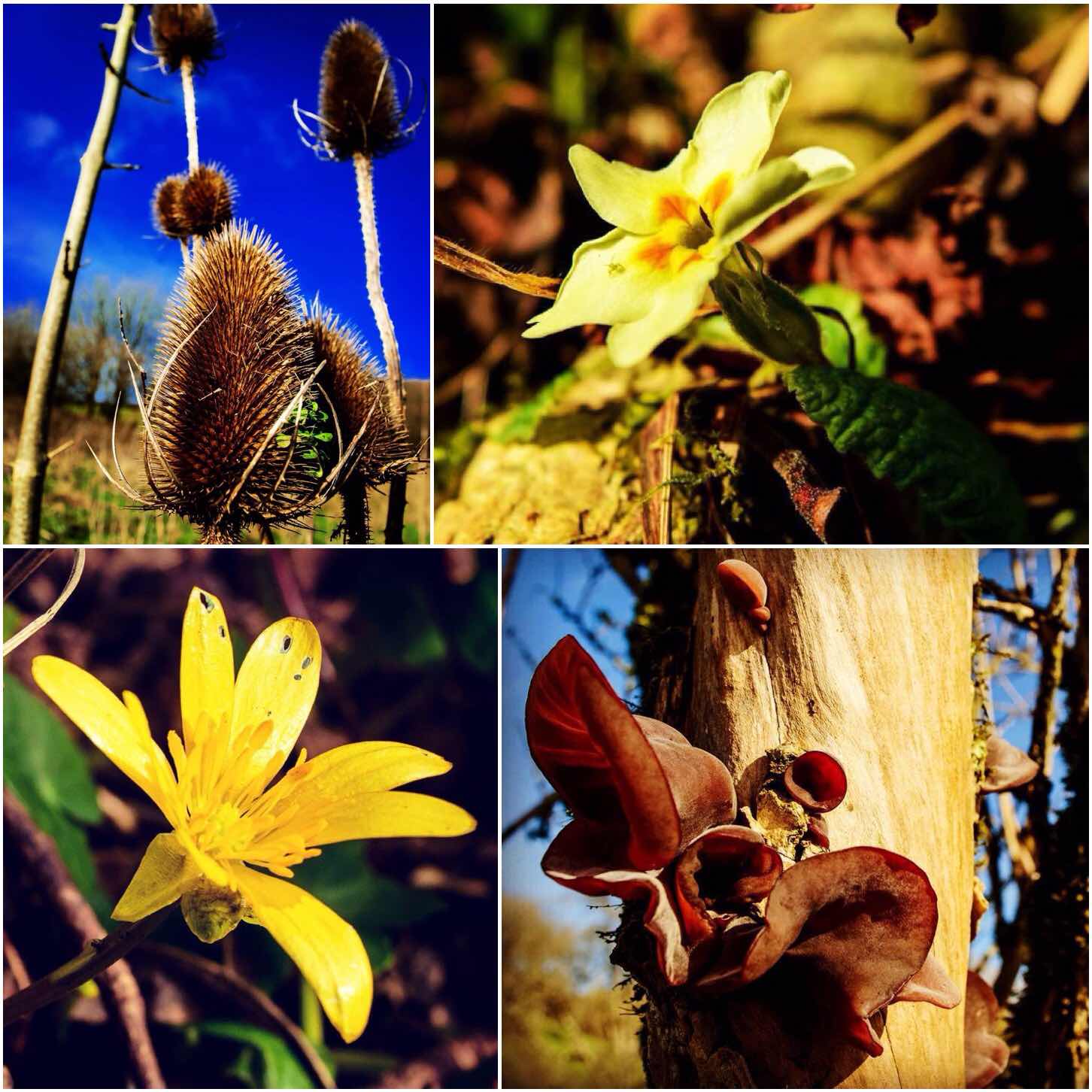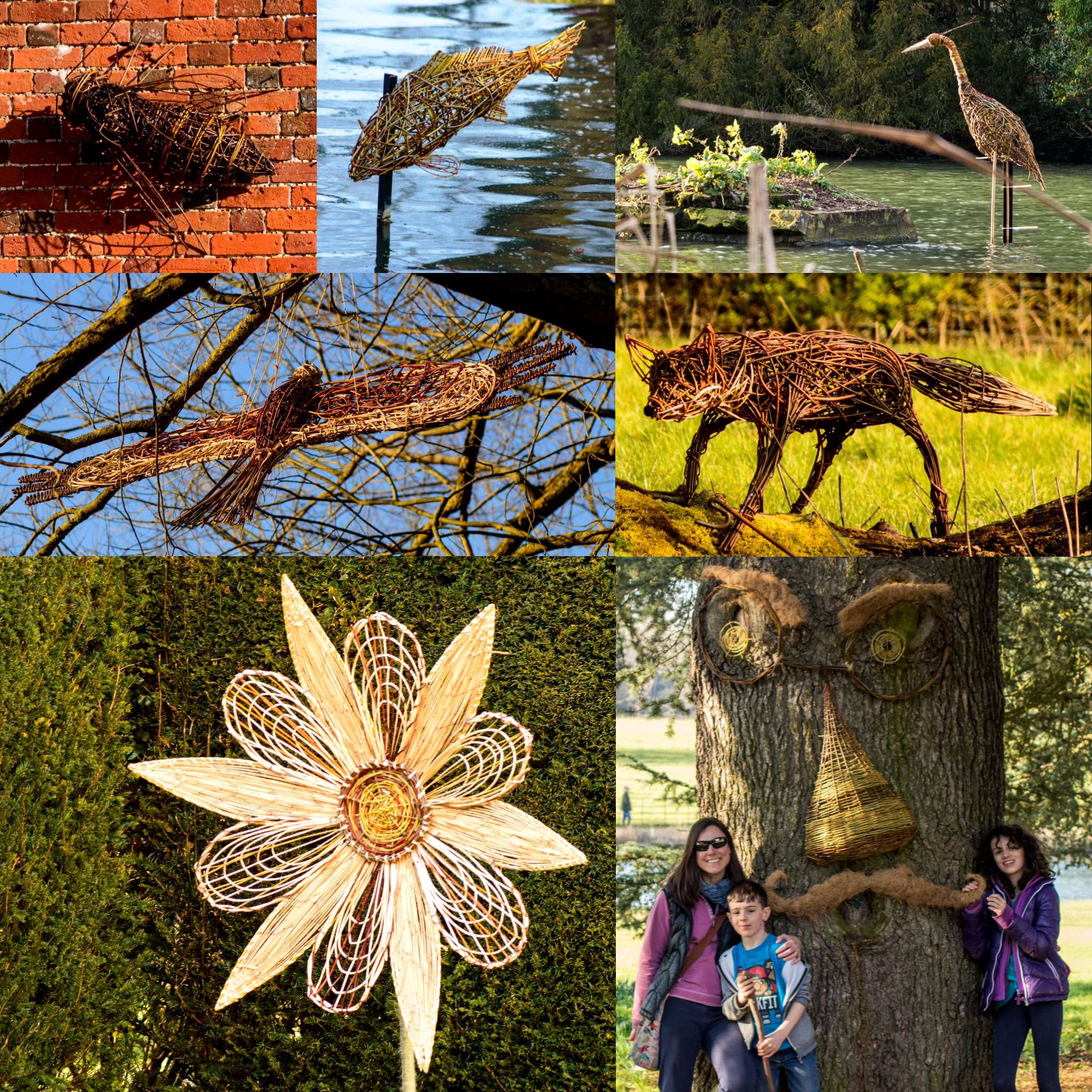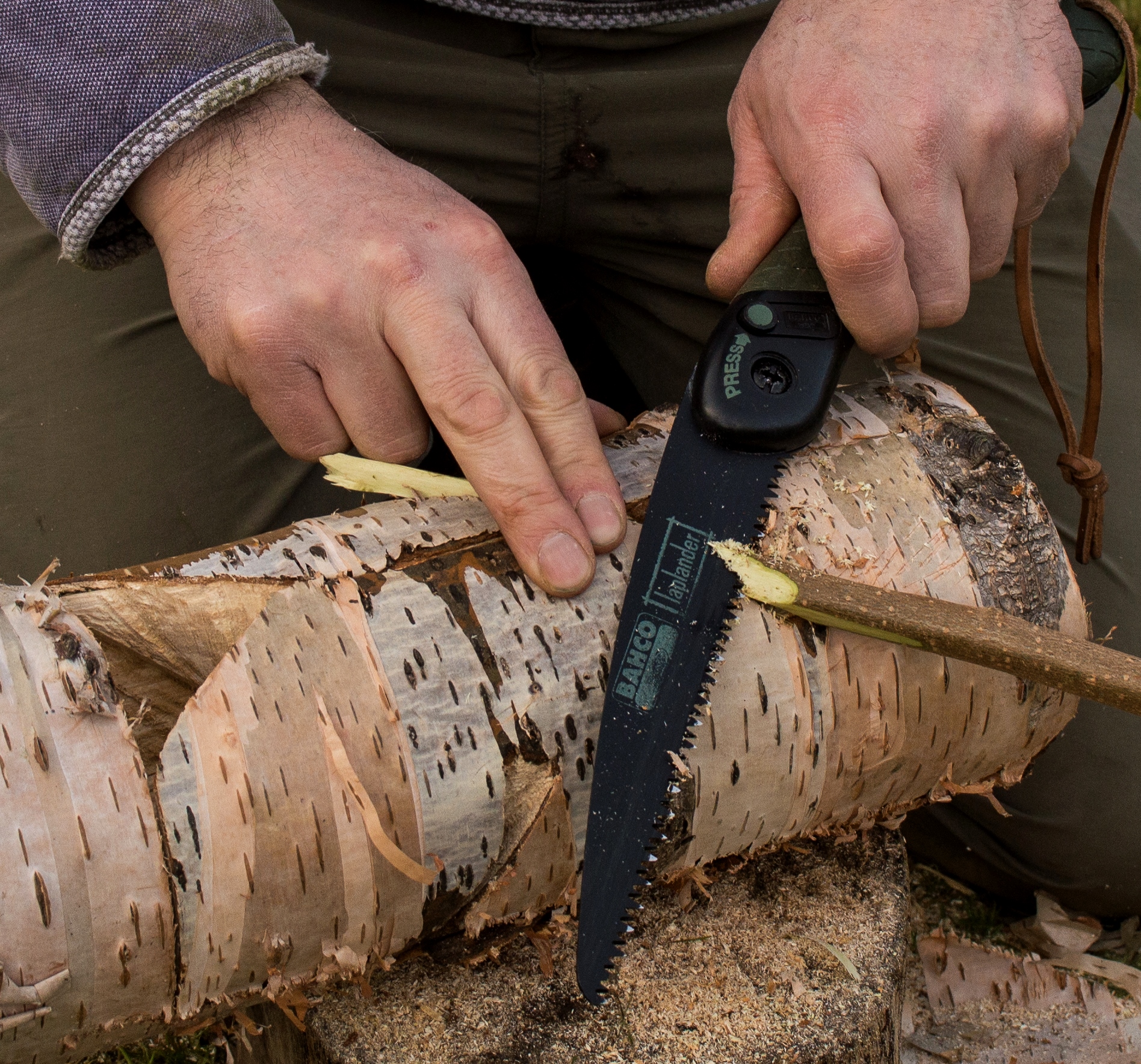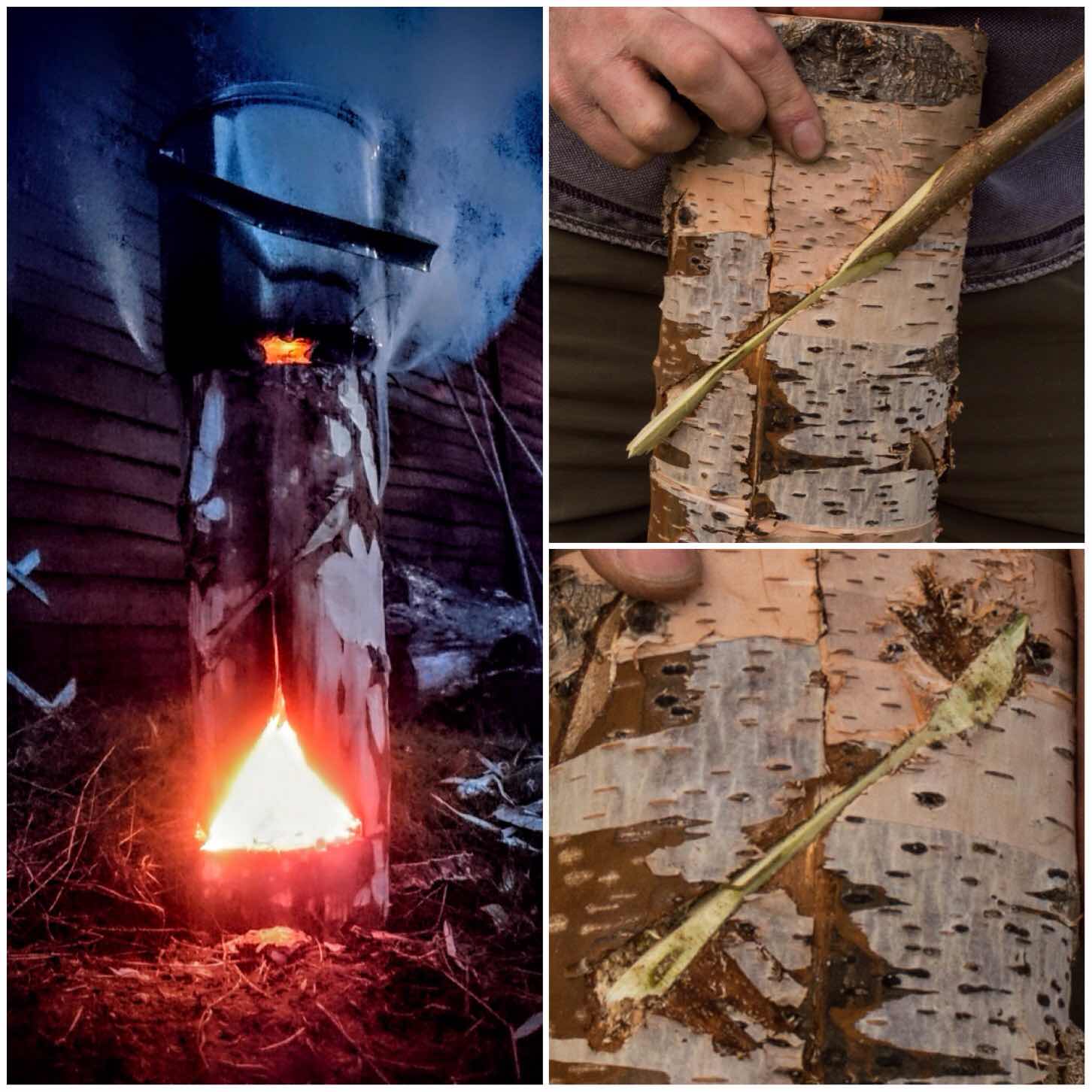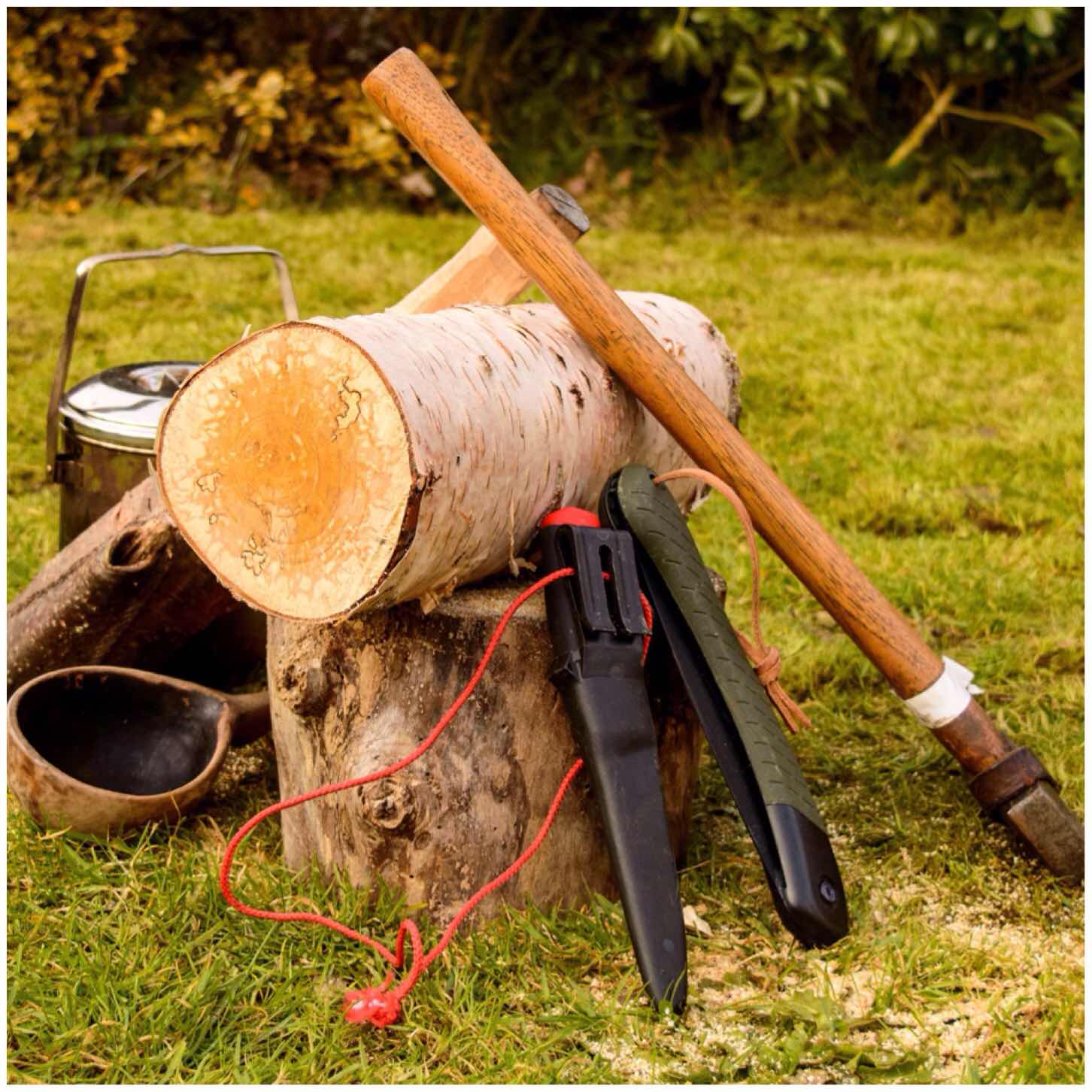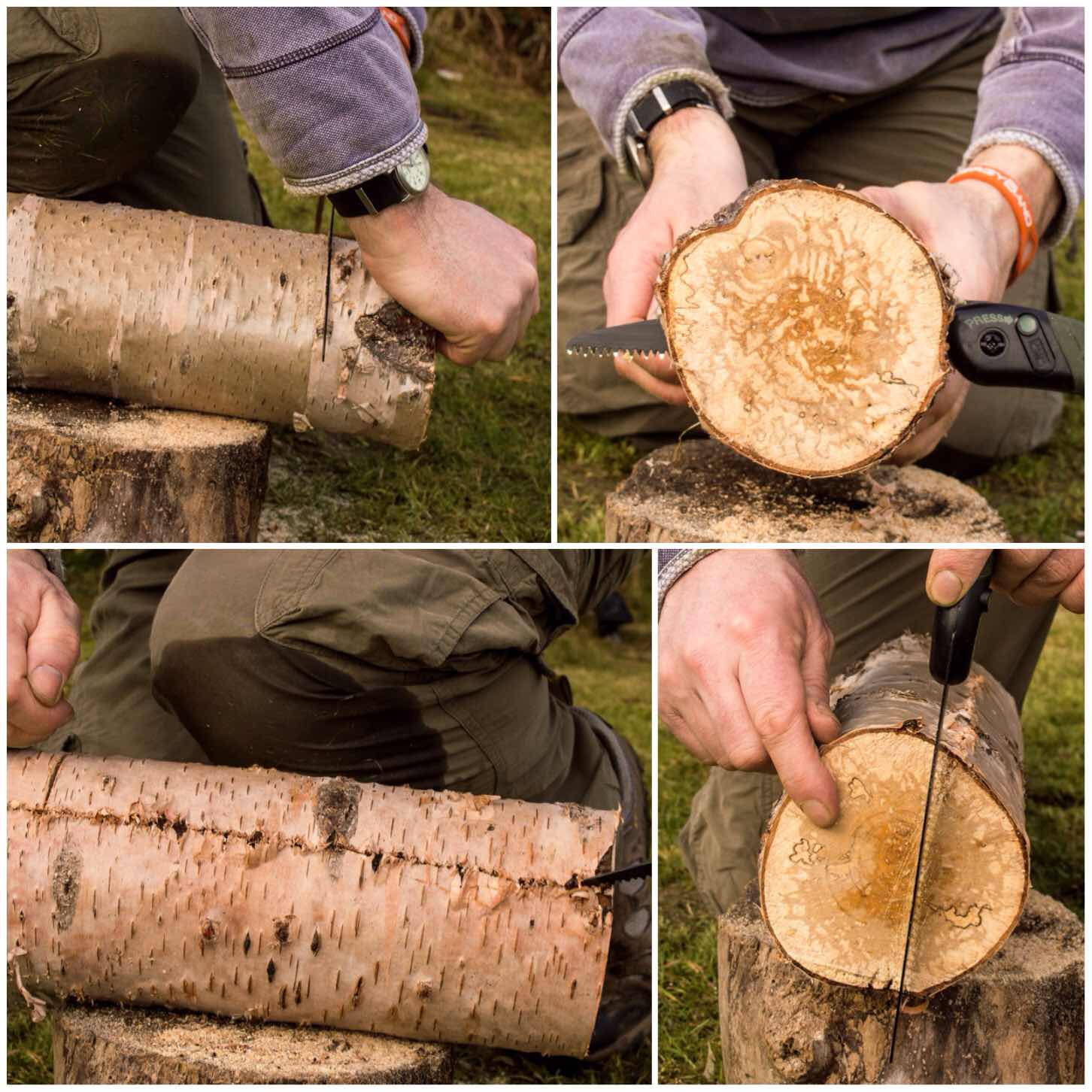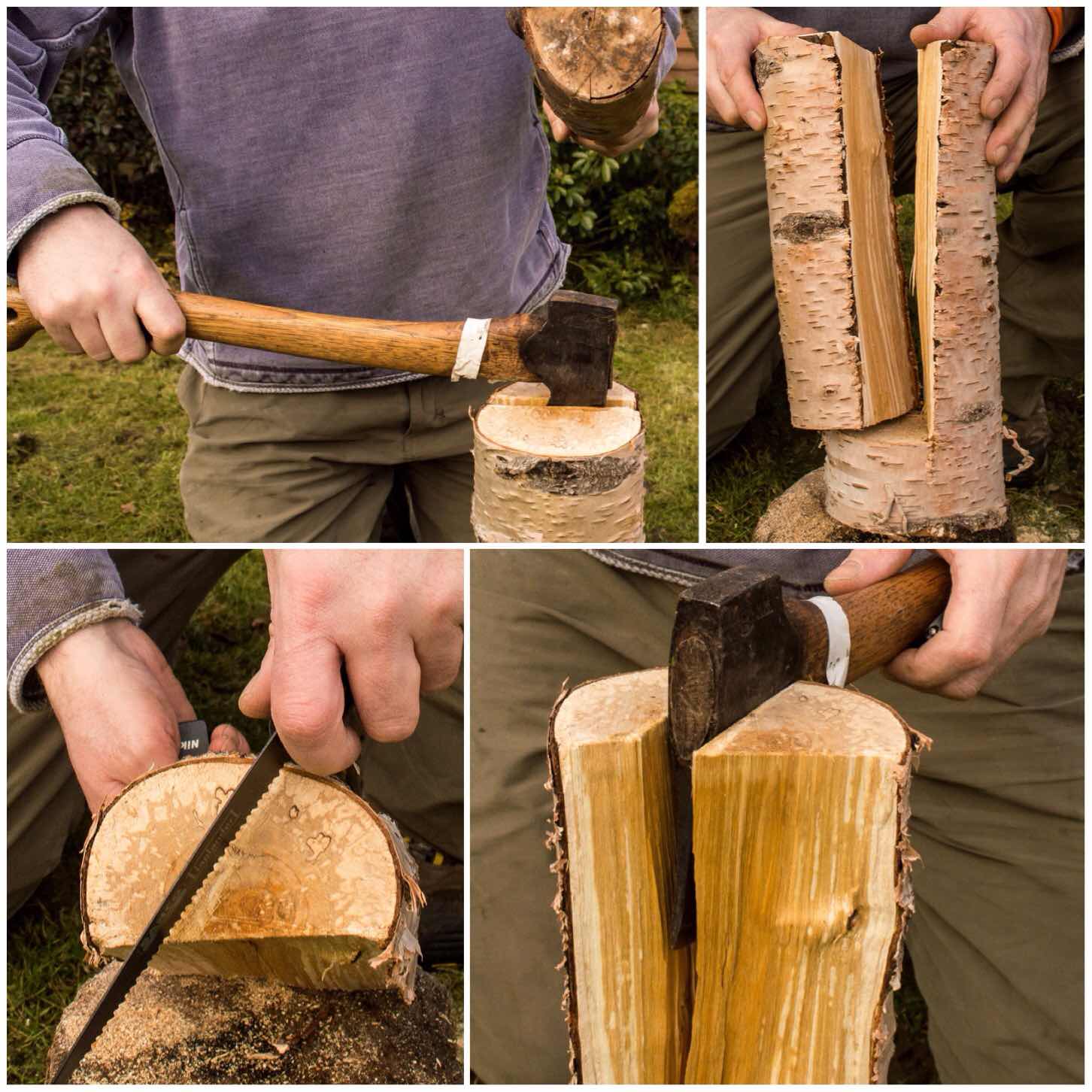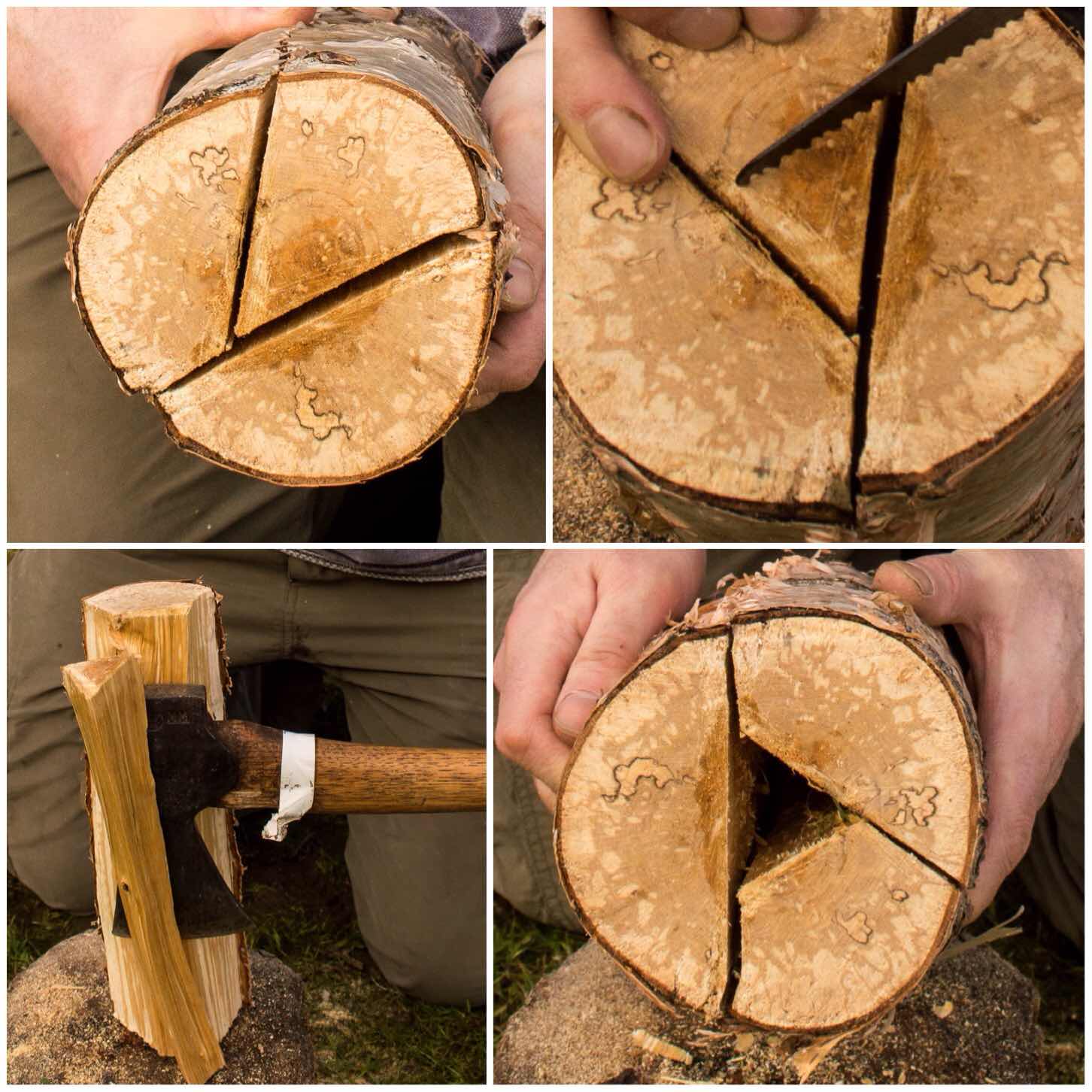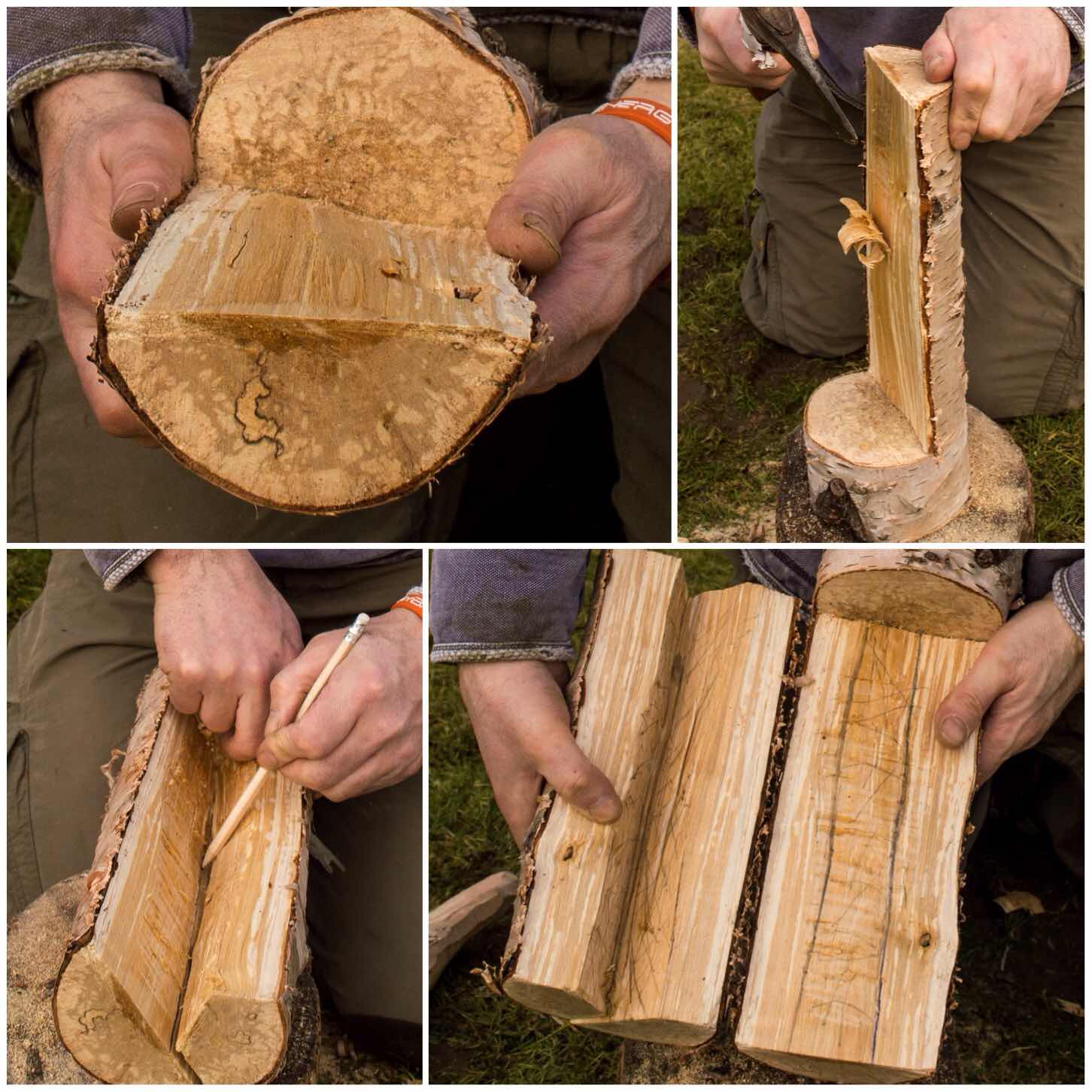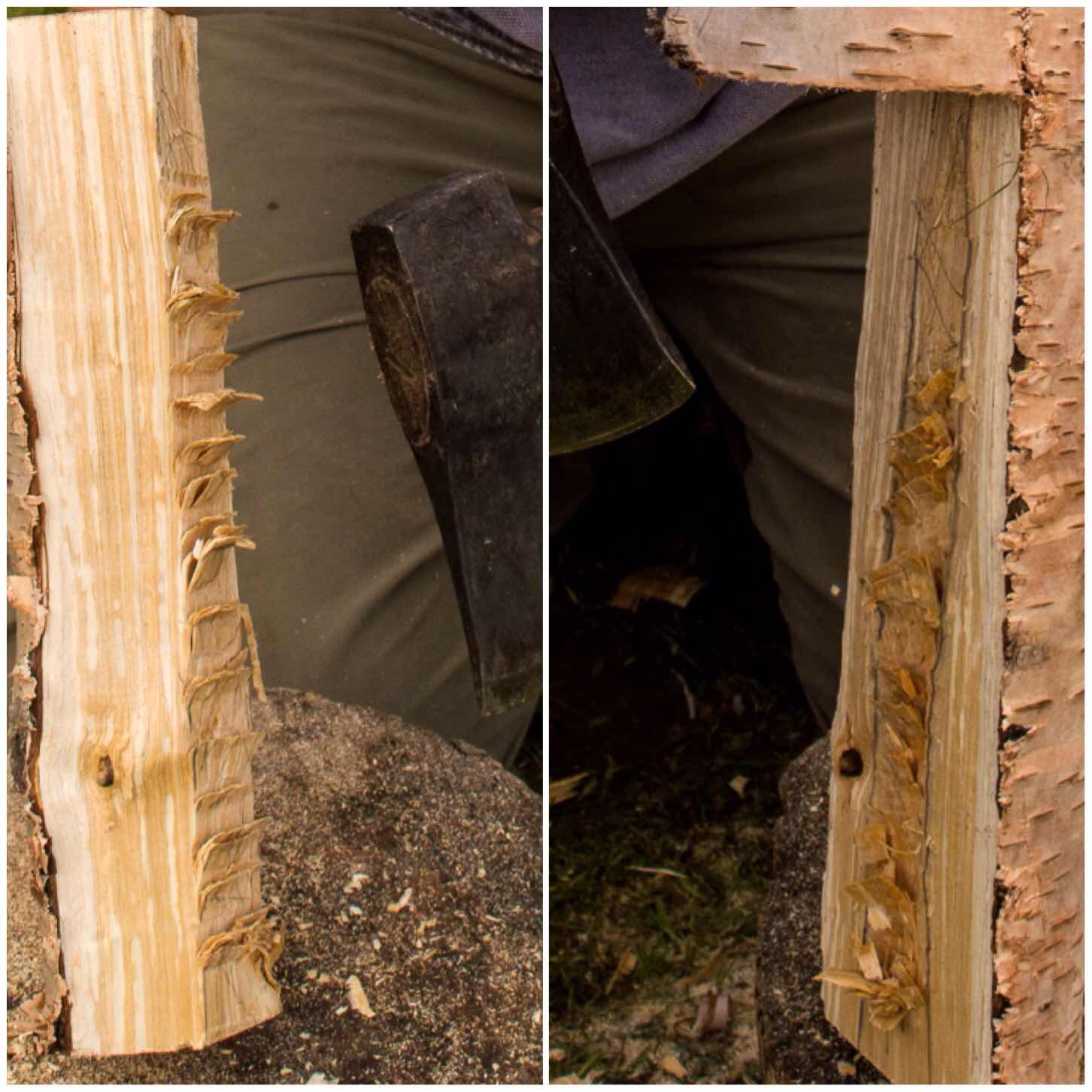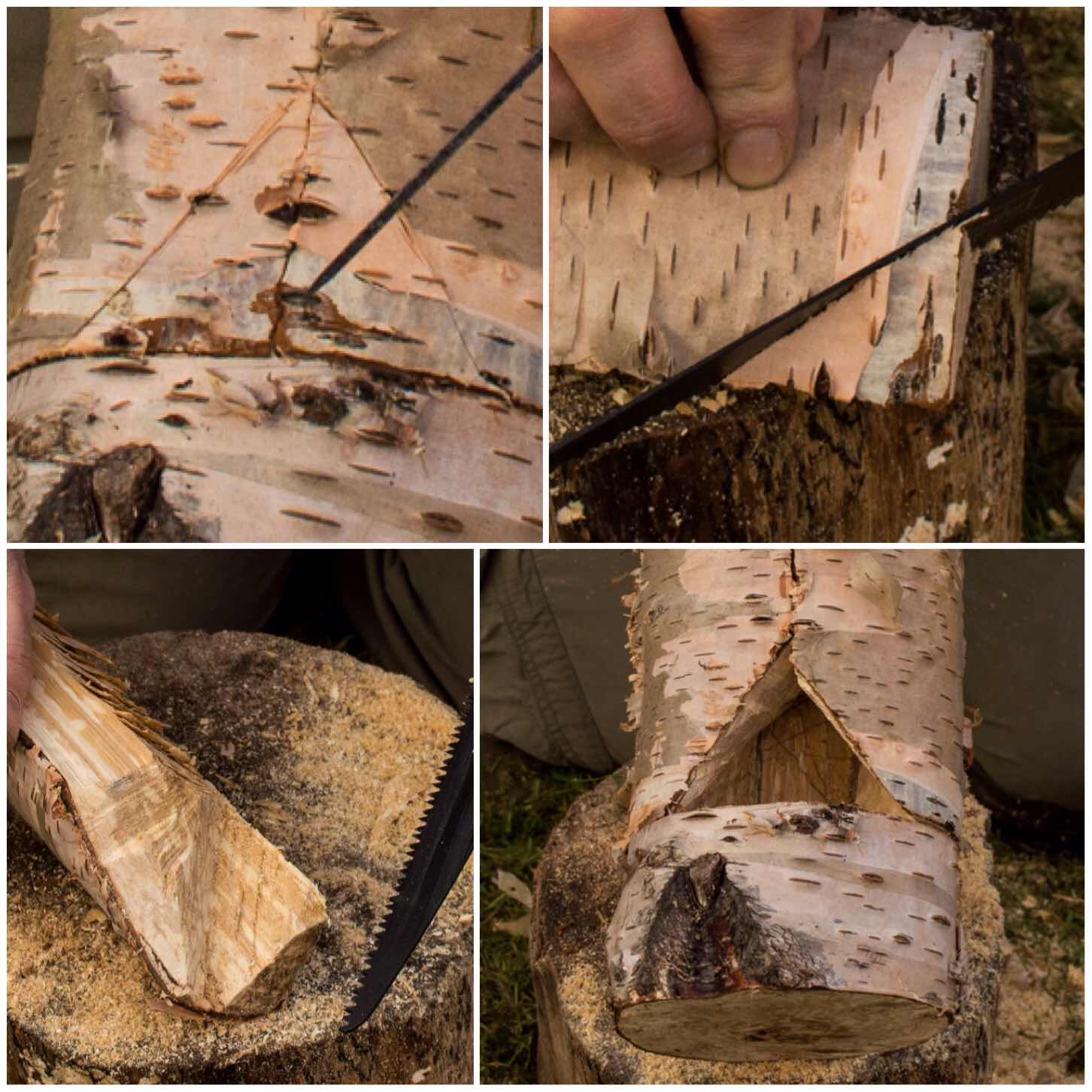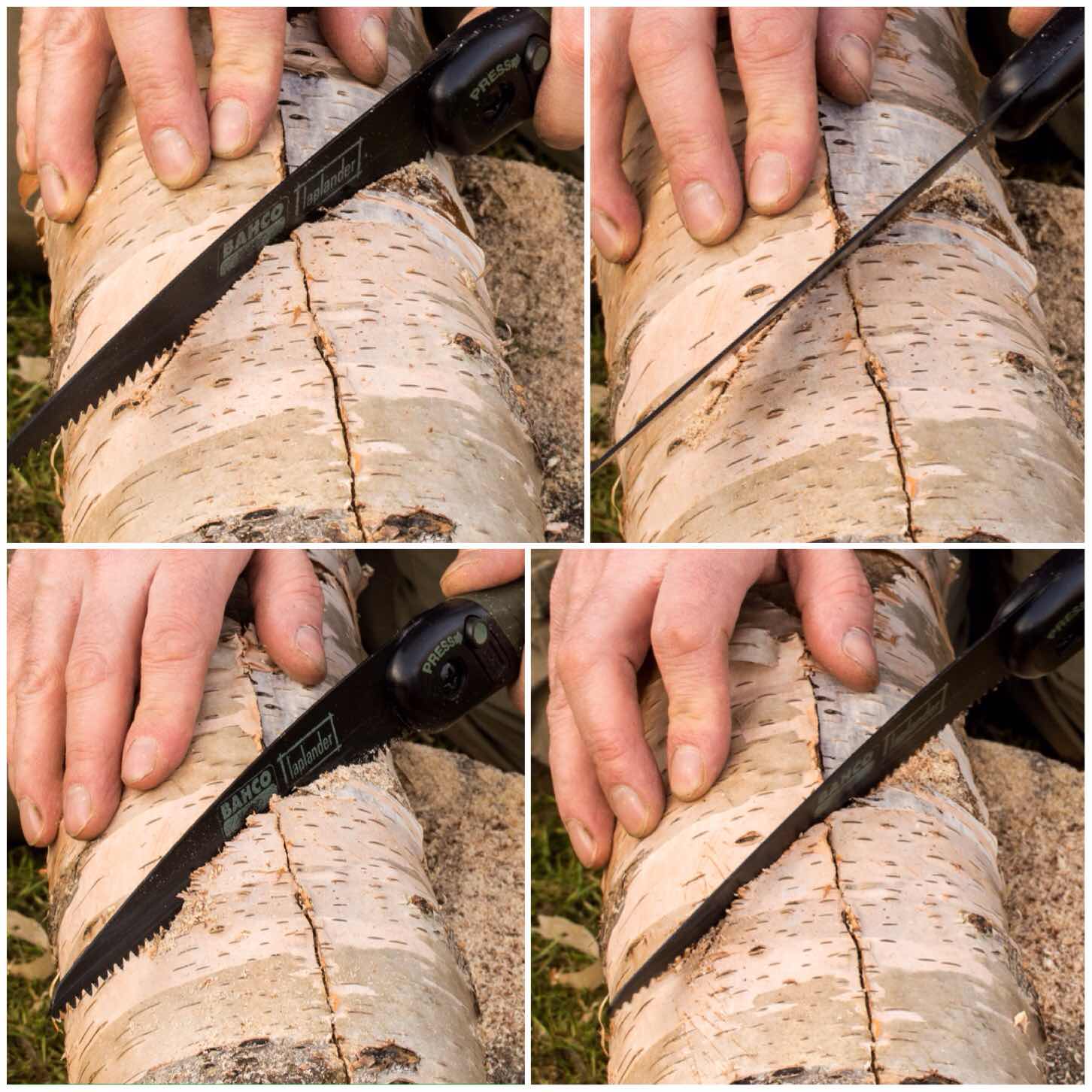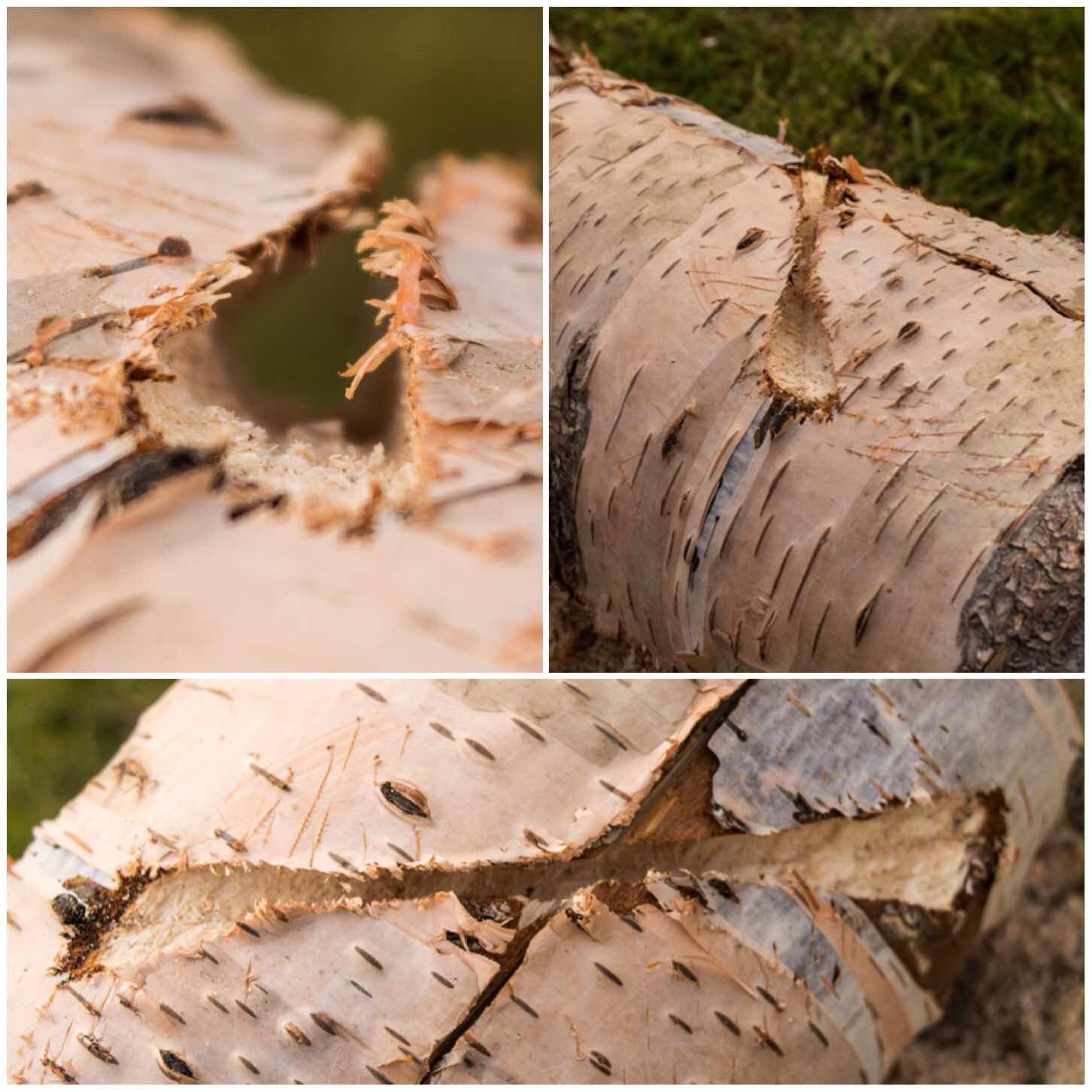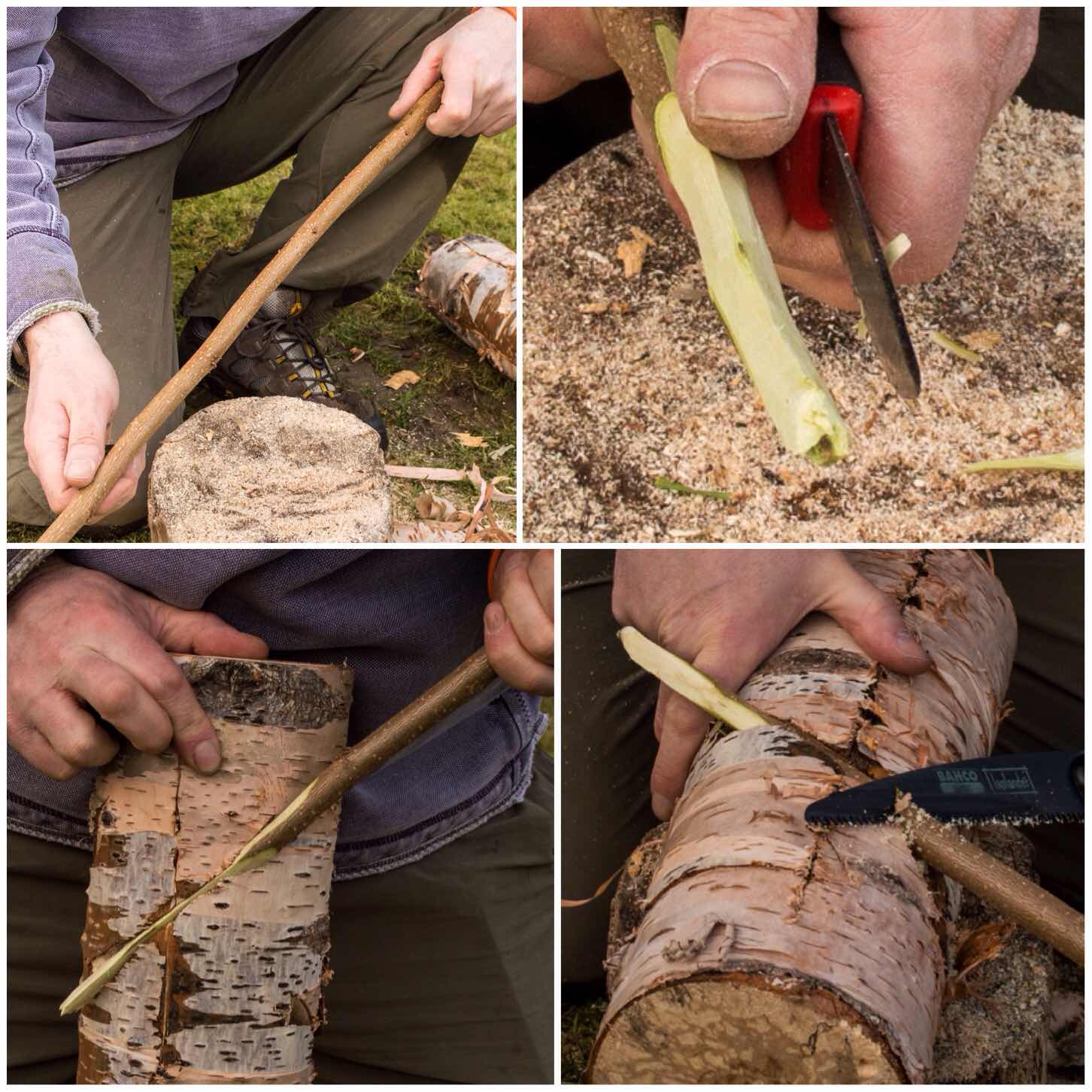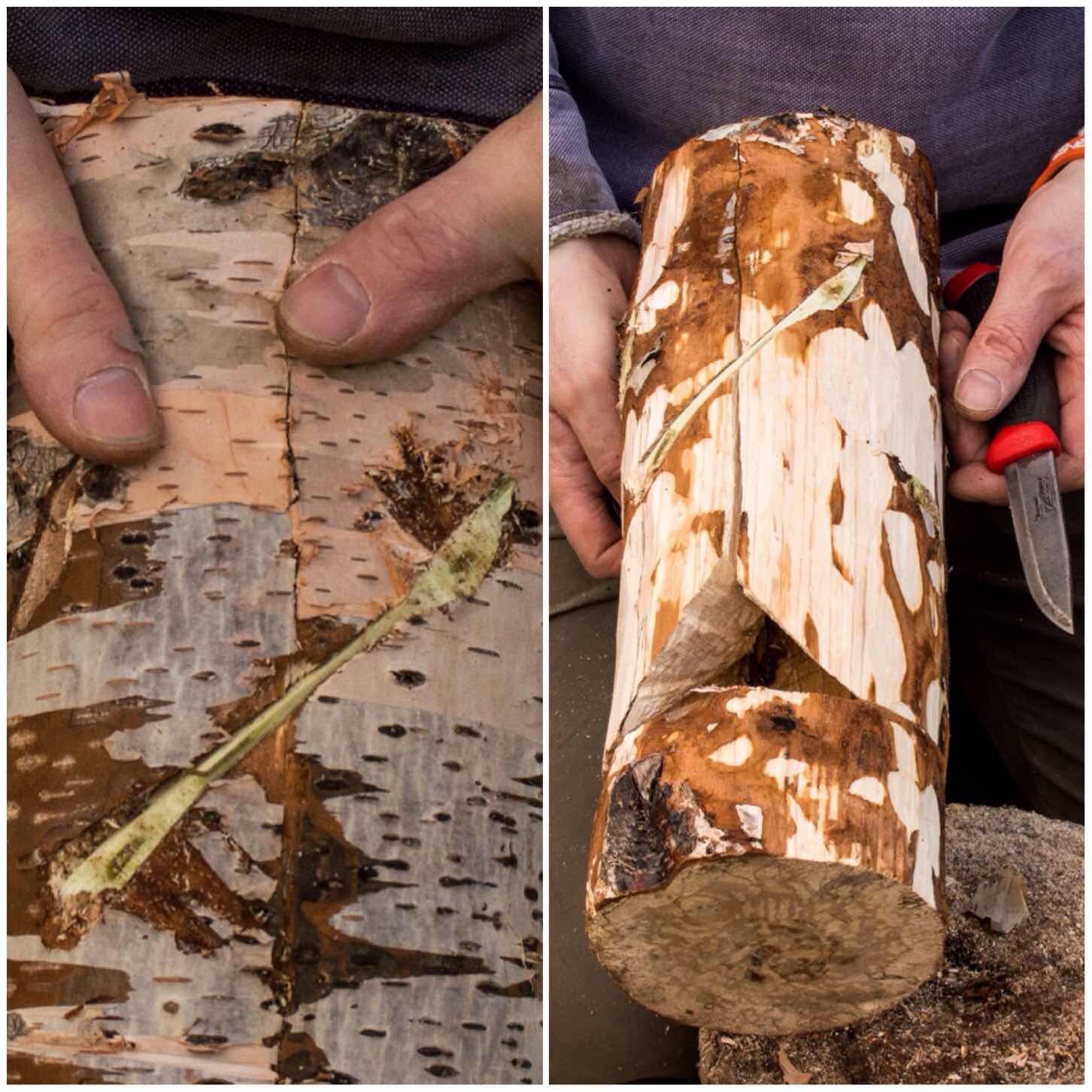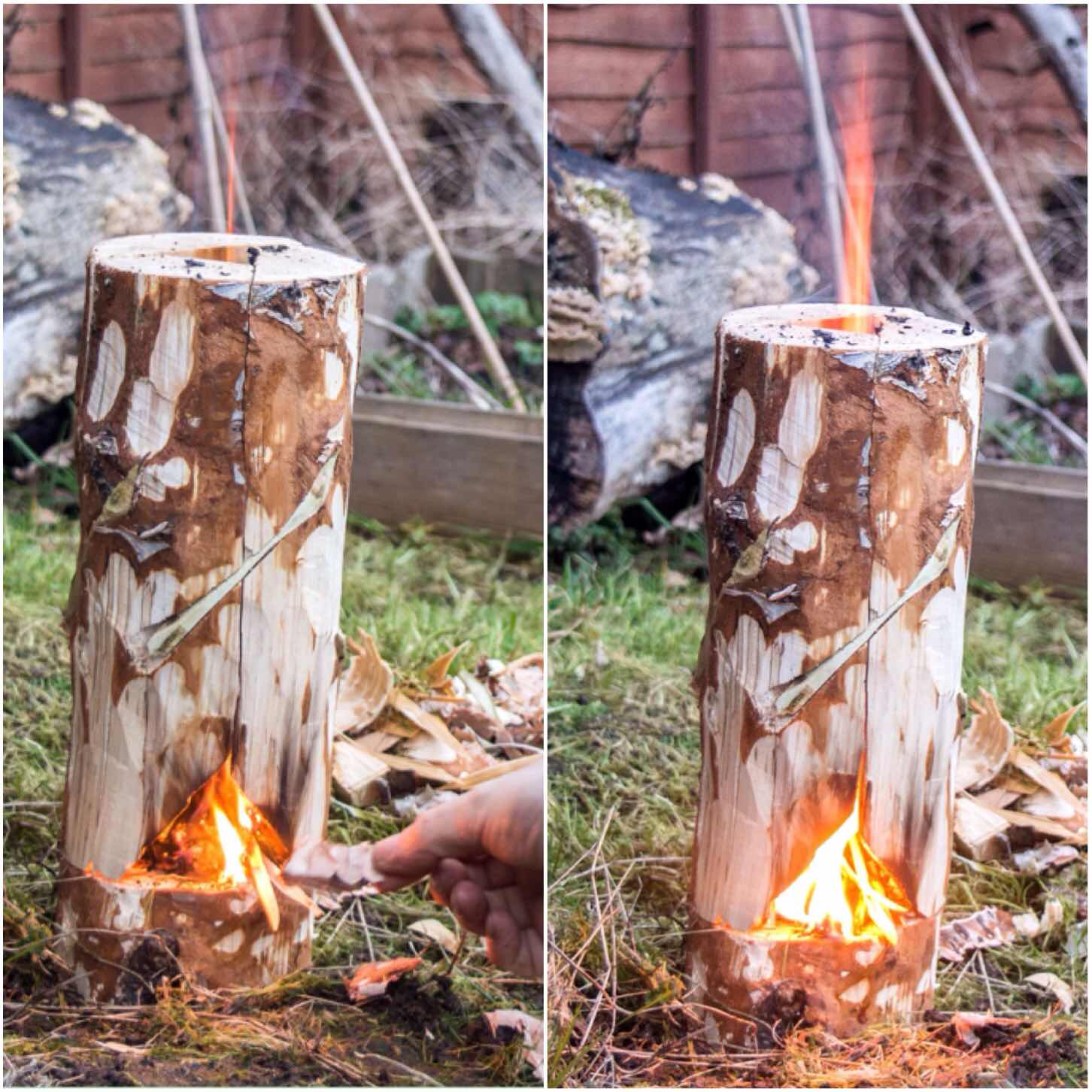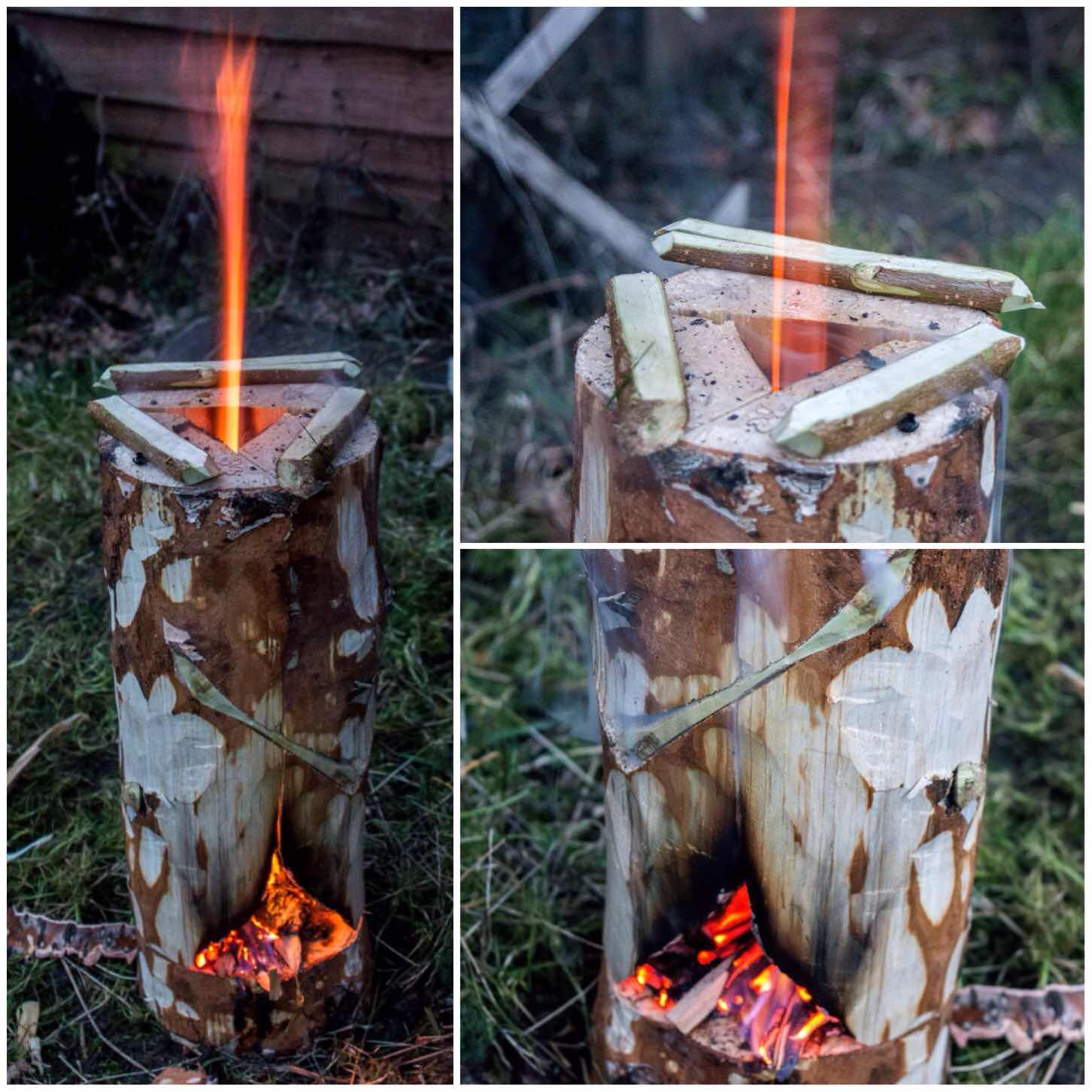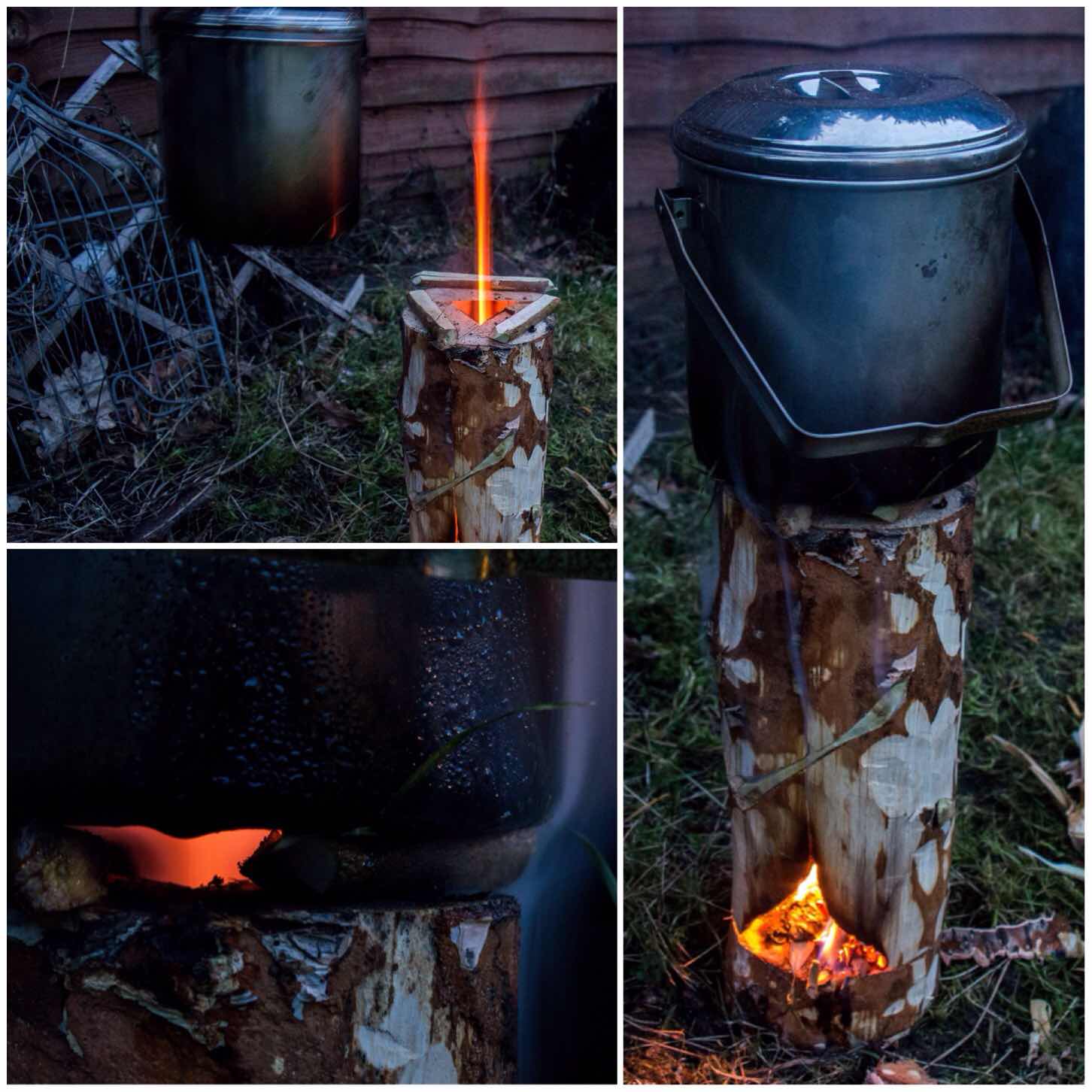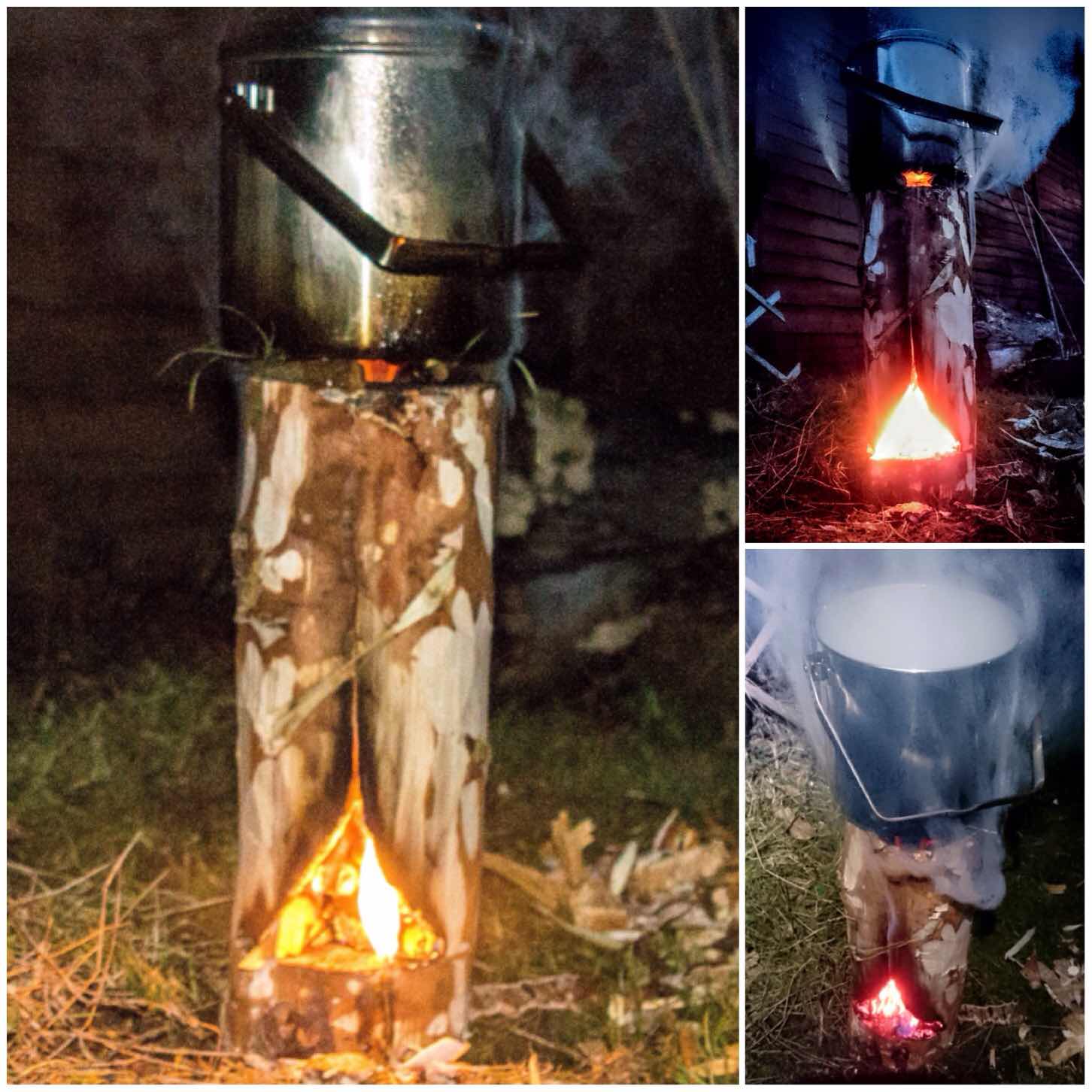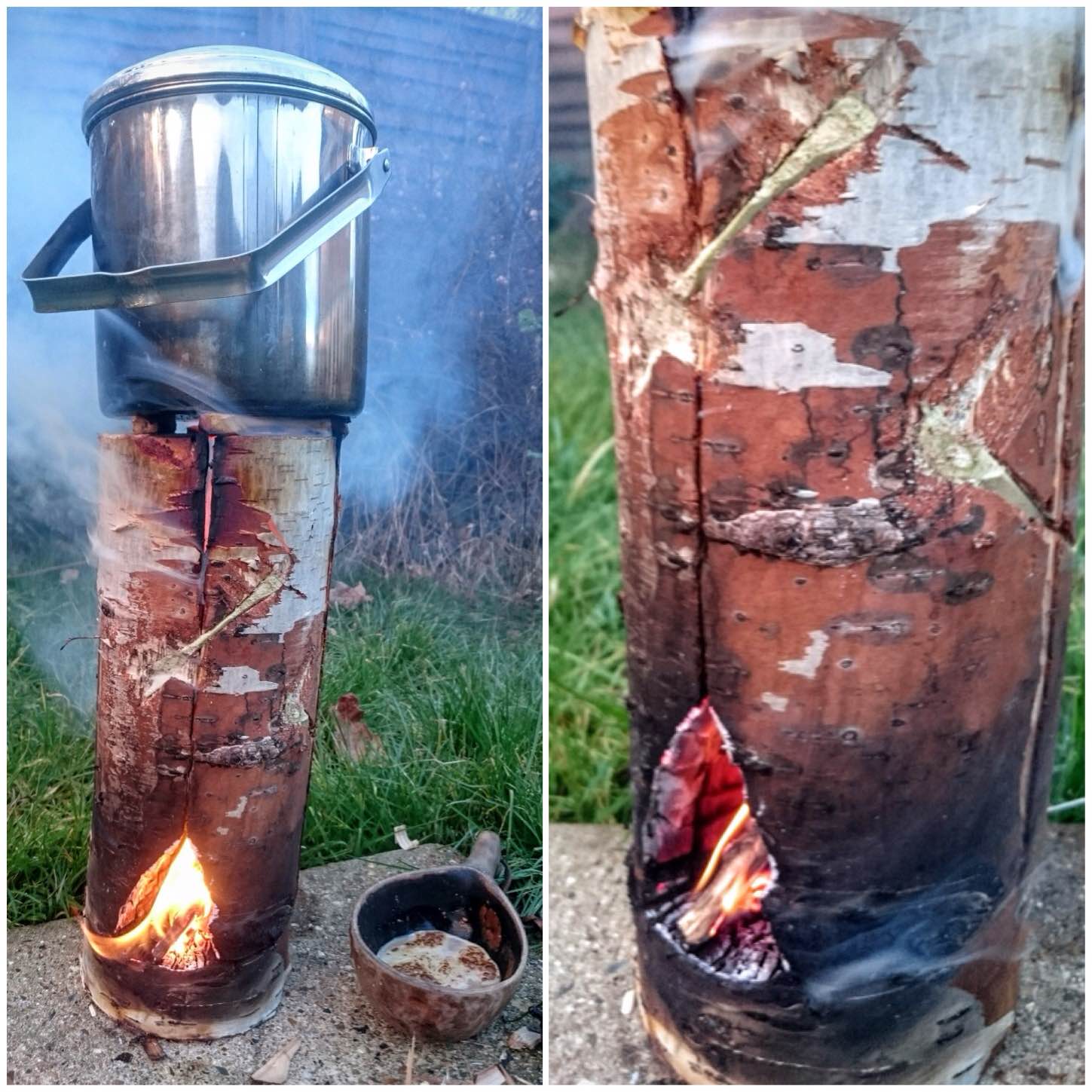As winters past have gone this last one here in the southern part of the UK has proved to a bit quiet on the snow front. However even though much of nature has been lying dormant there was still plenty to see and do here over the last few months.
The following ‘grouped’ pictures are some of the favourites I have taken (apart from one taken by my wife Alison) since last December. I have spent as much time as I could outdoors with my family however I feel that it could have been more (work has kept me away from home a lot recently). We are definitely a digital family however we try and balance all that screen time out with some quality dirt time.
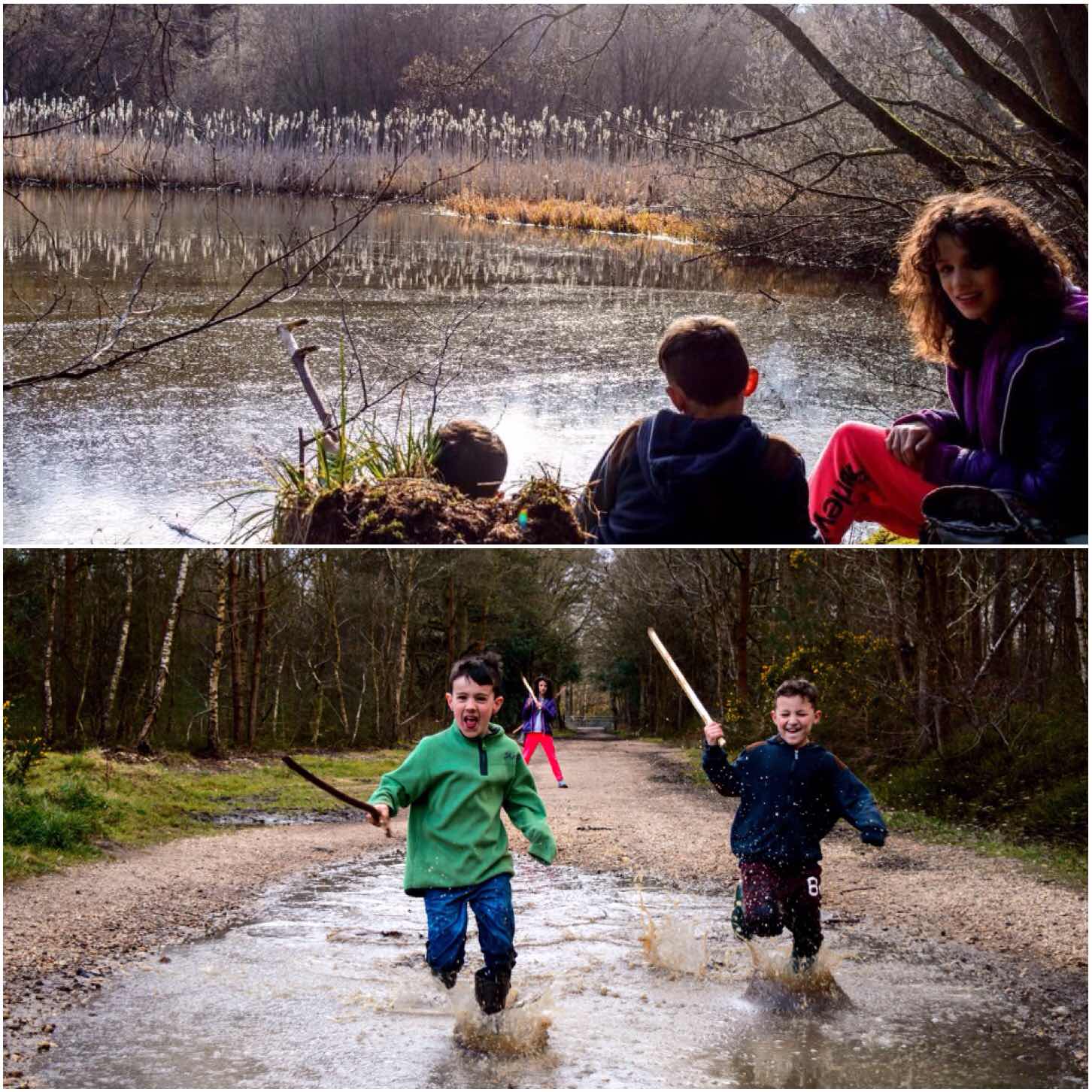
I use a Nikon D3200 Digital camera and shoot in RAW format so that I can use Adobe Lightroom to its fullest. I like Lightroom as it allows me to extract from the images (I am still learning about all the settings on my camera) I take something closer to what I saw originally or in some cases something slightly enhanced.
The sunset below was certainly not as dark as that originally however Lightroom allowed me to produce this moodier shot. The blue skies in the bottom picture were like this on the day however the shot I took the blues were all washed out. With a few tweaks though it was looking good again.
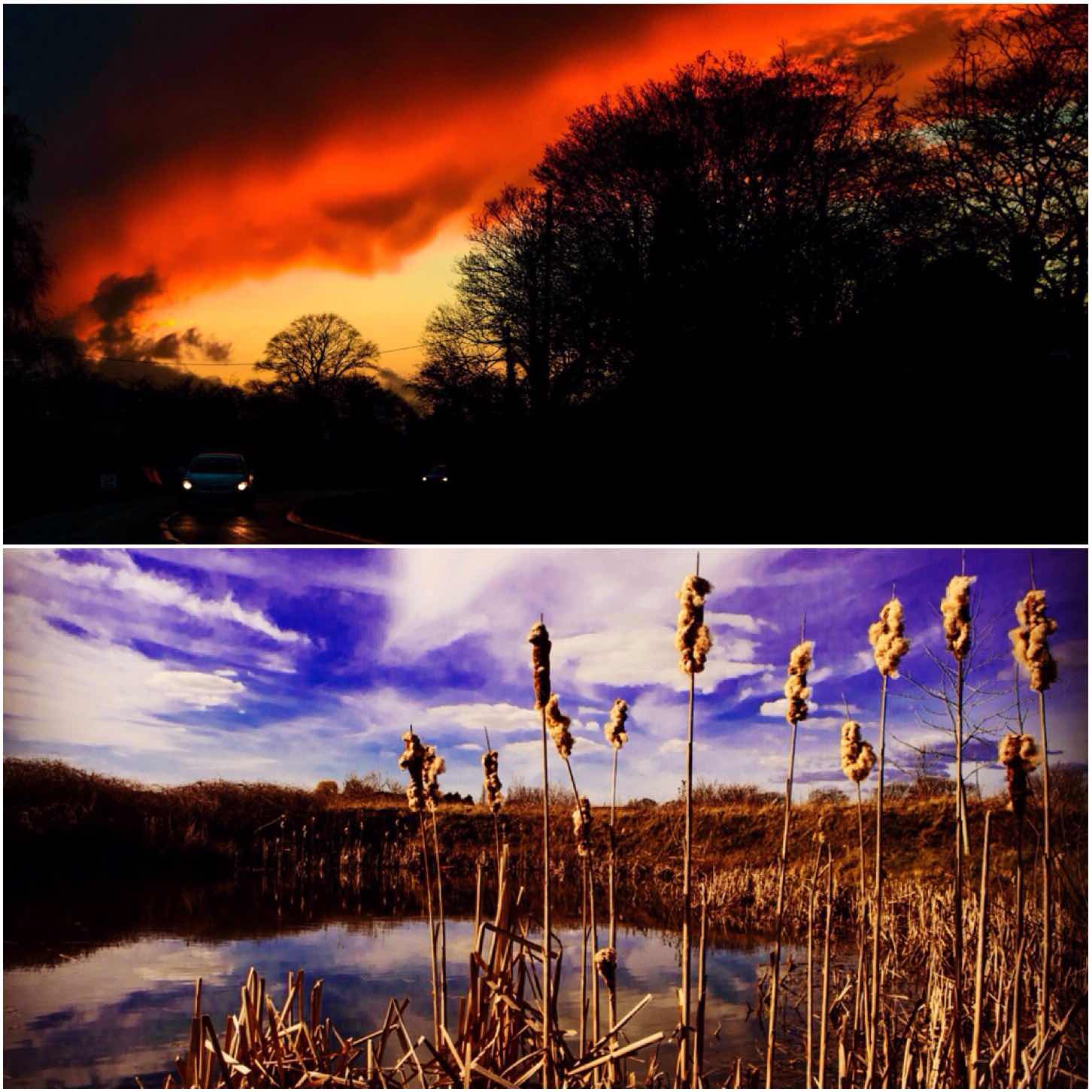
The snowdrop and the forlorn looking hazelnut were both taken in mid winter but the wood anemone was shot just a few days ago. I included the wood anemone as it is one of the first woodland spring flowers to pop up and to say that winter is now over.
All beautiful in their own ways and all photographed in different weather conditions.
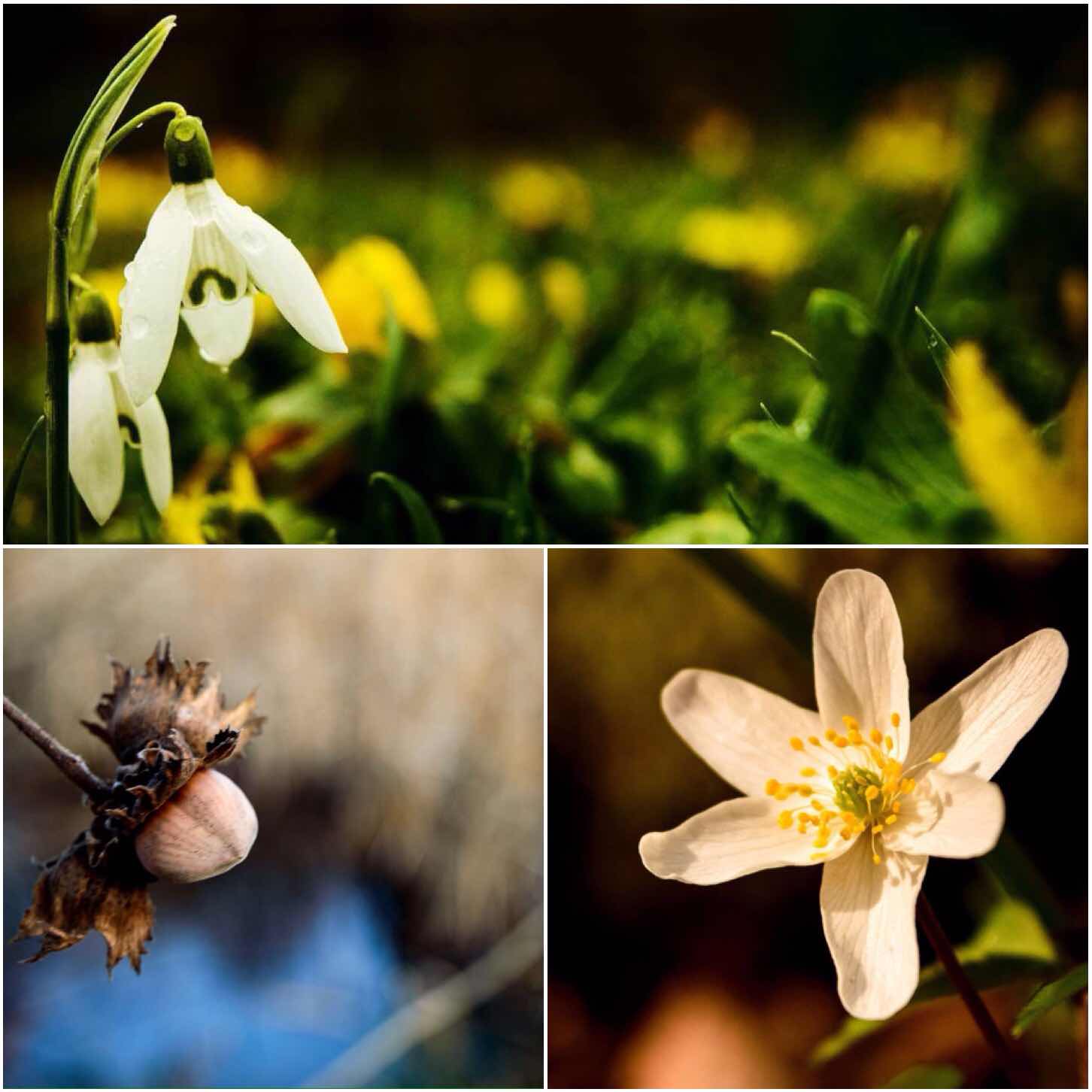
I took both these pictures with my Sony Z3 mobile phone as the weather conditions were to bad to bring out my Nikon. The top picture was a bit of an experiment with the guys lighting up the inside of our group parachute with their torches making it look like a downed UFO.
The bottom picture was taken inside a group parachute while we were huddled around the fire on a cold evening awaiting in anticipation for the feast to come being cooked by Dave.
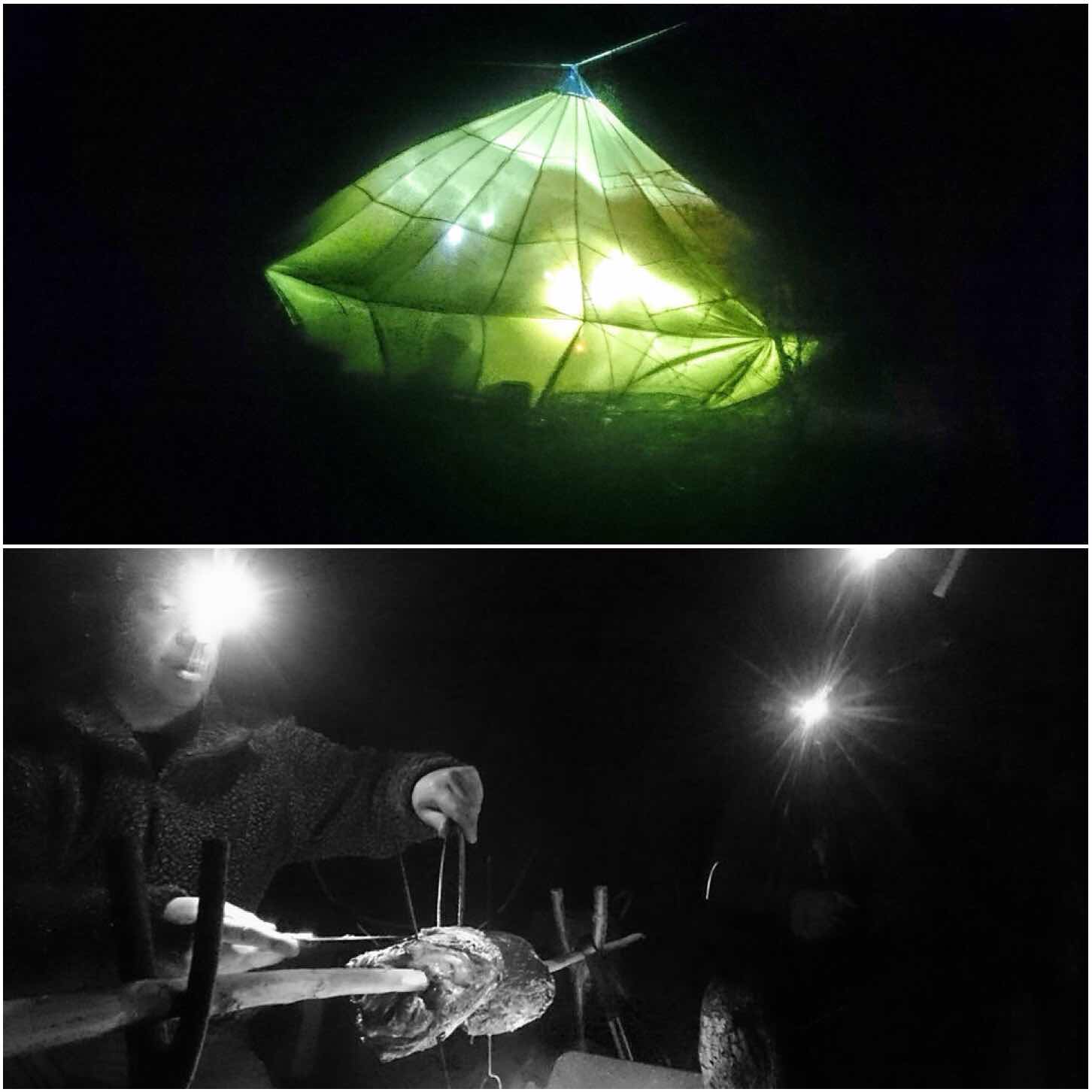
Mountain time this winter was limited to only one weekend however it was one to remember. The wind and the rain was incessant however this did not dampen the spirits of any of the guys I was walking with – in fact they seemed to revel in all that rain (might be due to the fact we are all either Sea or Royal Marines Cadets instructors).
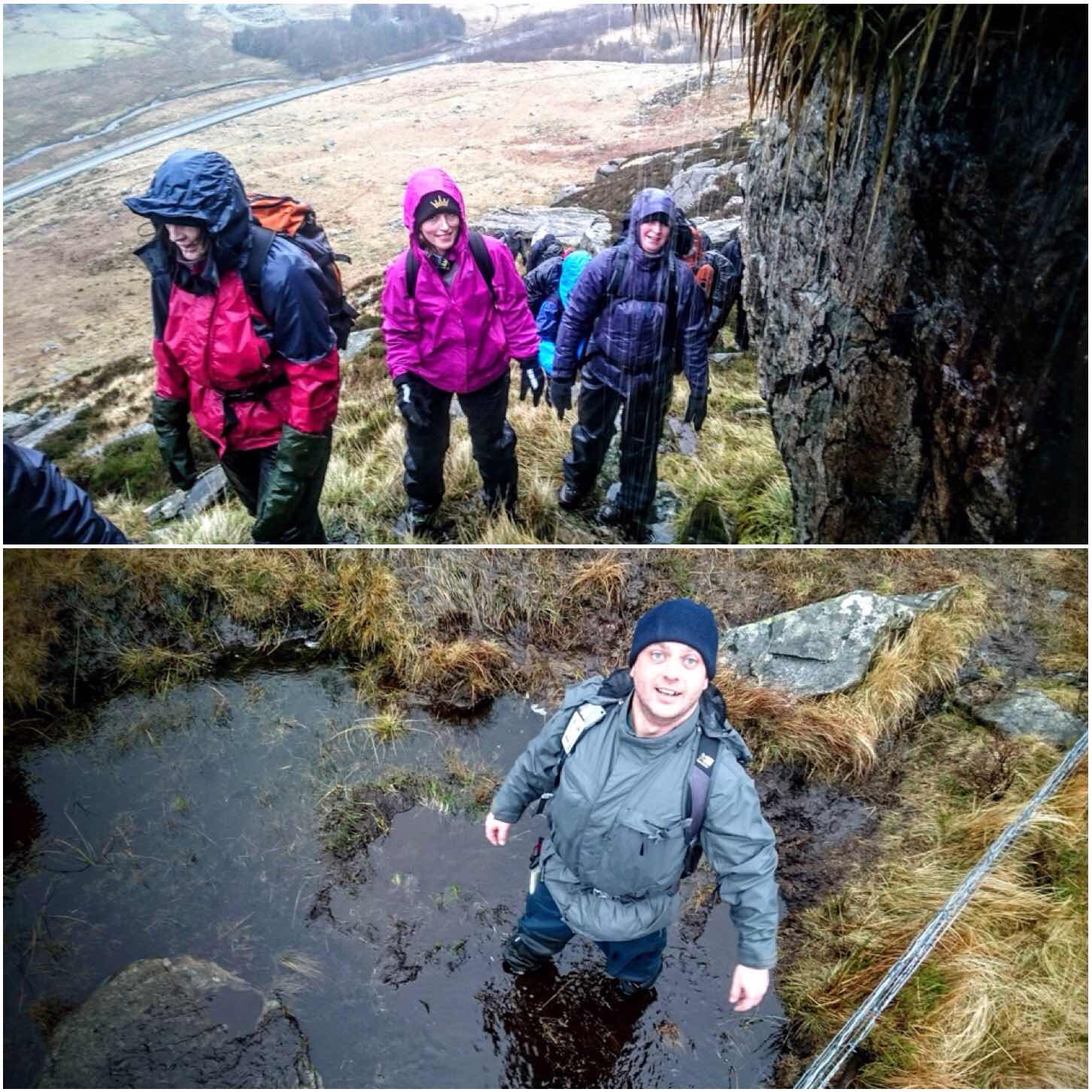
My daughter Catherine is a keen photographer and she really does think about what she wants to shoot and how to approach each shot.
The top picture was taken by my wife Alison and I like how it contrasts with the one I took of Catherine lining up for her shot.
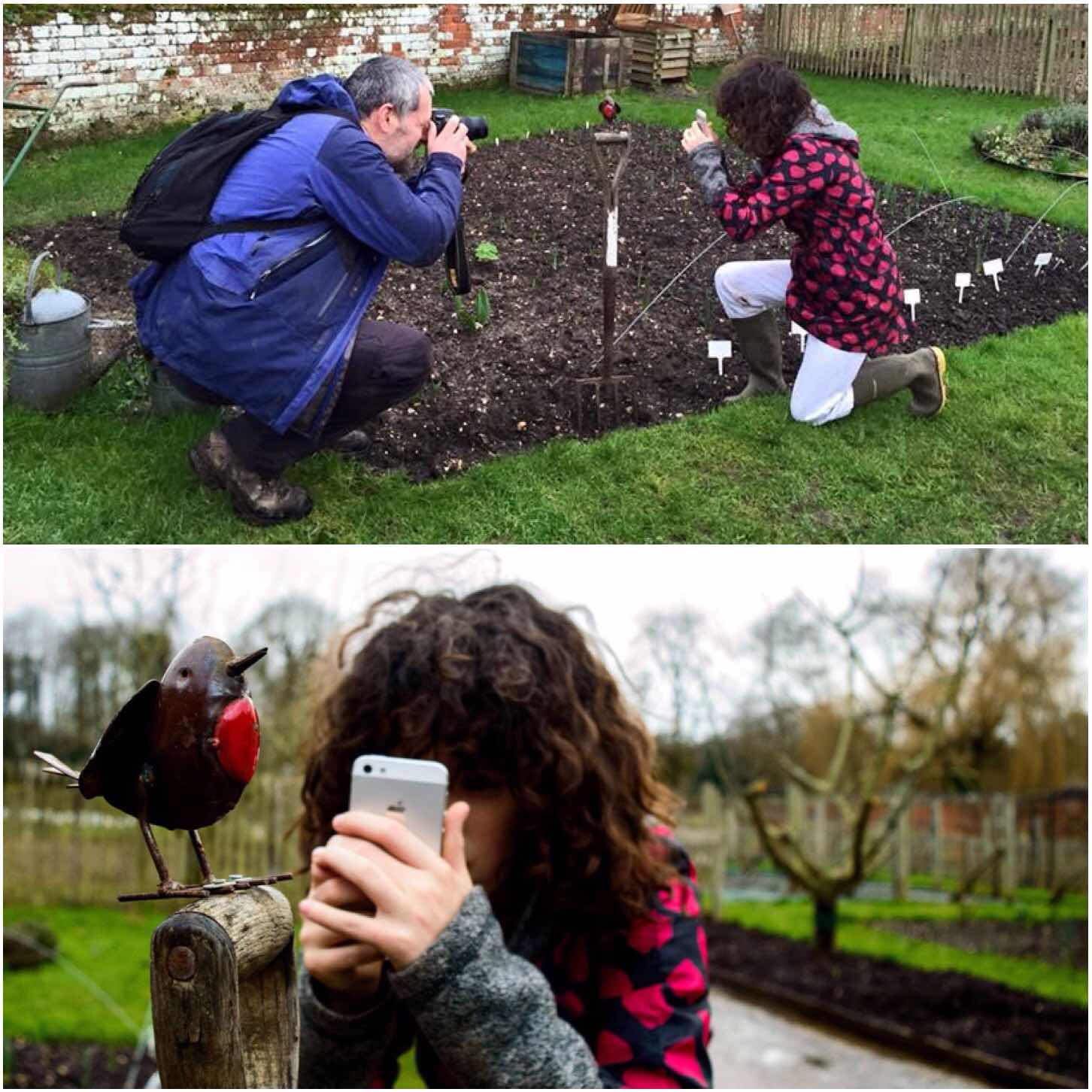
I have been experimenting with low light level photography so I do not have to rely on using the flash all the time.
I have found that a great time for that is when there is a fire going. These two photographs were taken on cold winter nights however I have fond memories of both evenings. The young boys had a great time learning to light a fire and the slightly older boys had fun putting the world to right around their fire.
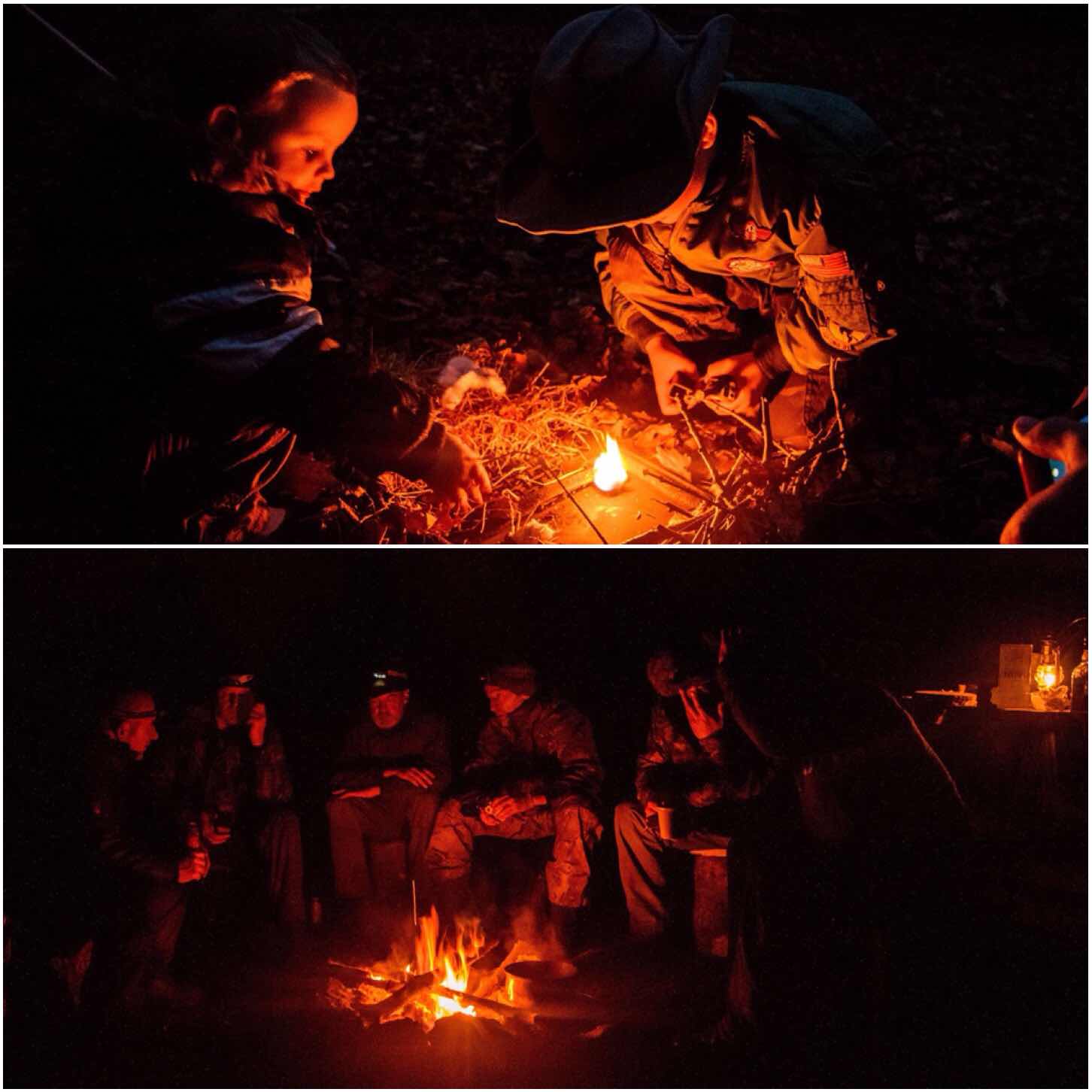
Still on the fire theme I have to mention ‘Fire Faces’. I have been photographing flames for years now looking for faces or figures in the flames. Two of my favourites this year were of the Roadrunner (top left) and a Dove (on the right).
My friend Fraser gets his face included as he always seems drawn to the fire when the camera comes out – kinda like a moth I suppose 😉
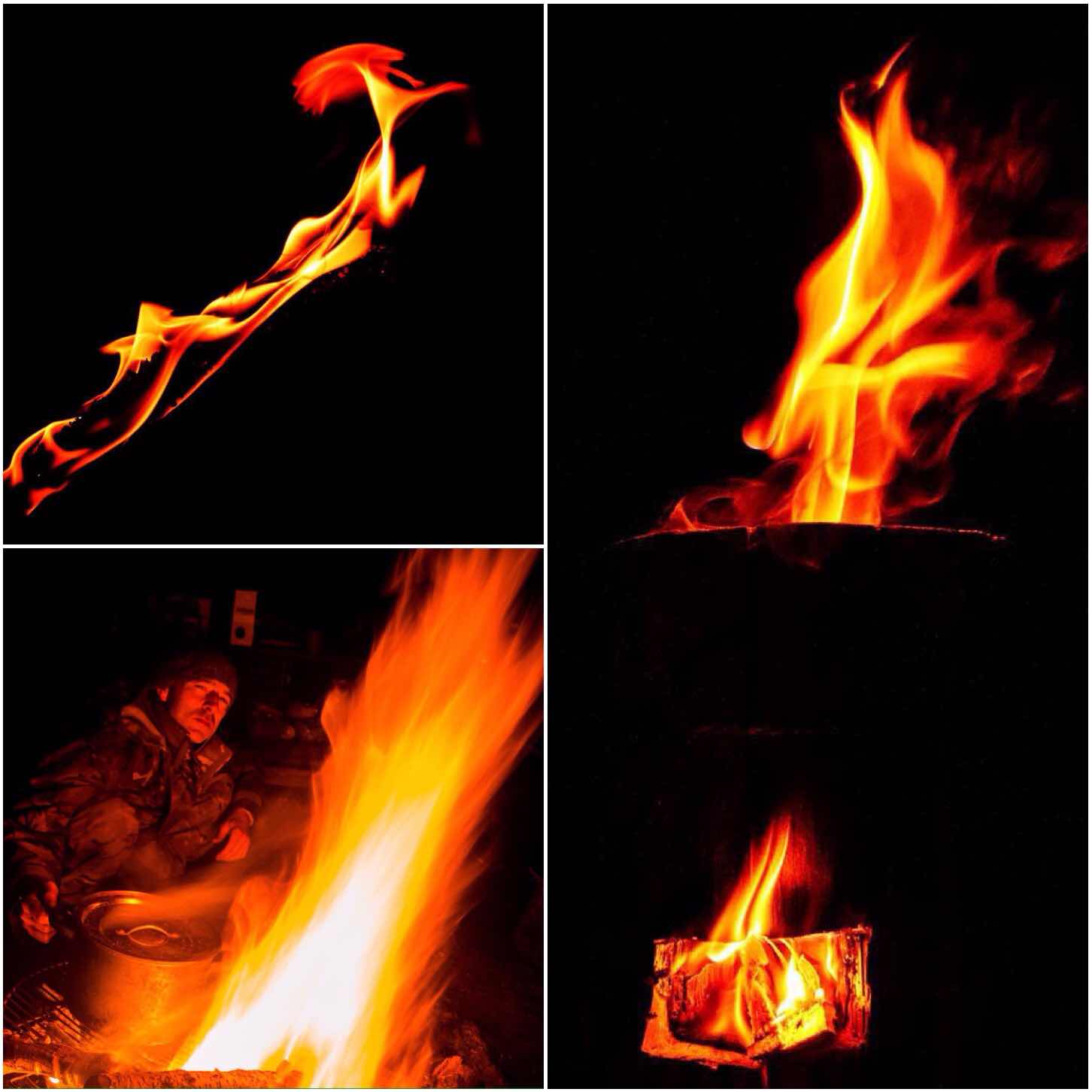
My last two pictures were taken just at the end of winter at the Vyne National Trust property in Hampshire. As many of the trees and flowers were dormant they set up a ‘Wild Wicker Trail’ in the grounds. There were plenty of wicker figures to spot including a heron, flowers and a fish however these two stood out for me – the Hawk and Mr Fox. Both beautifully crafted and positioned in the woodlands.
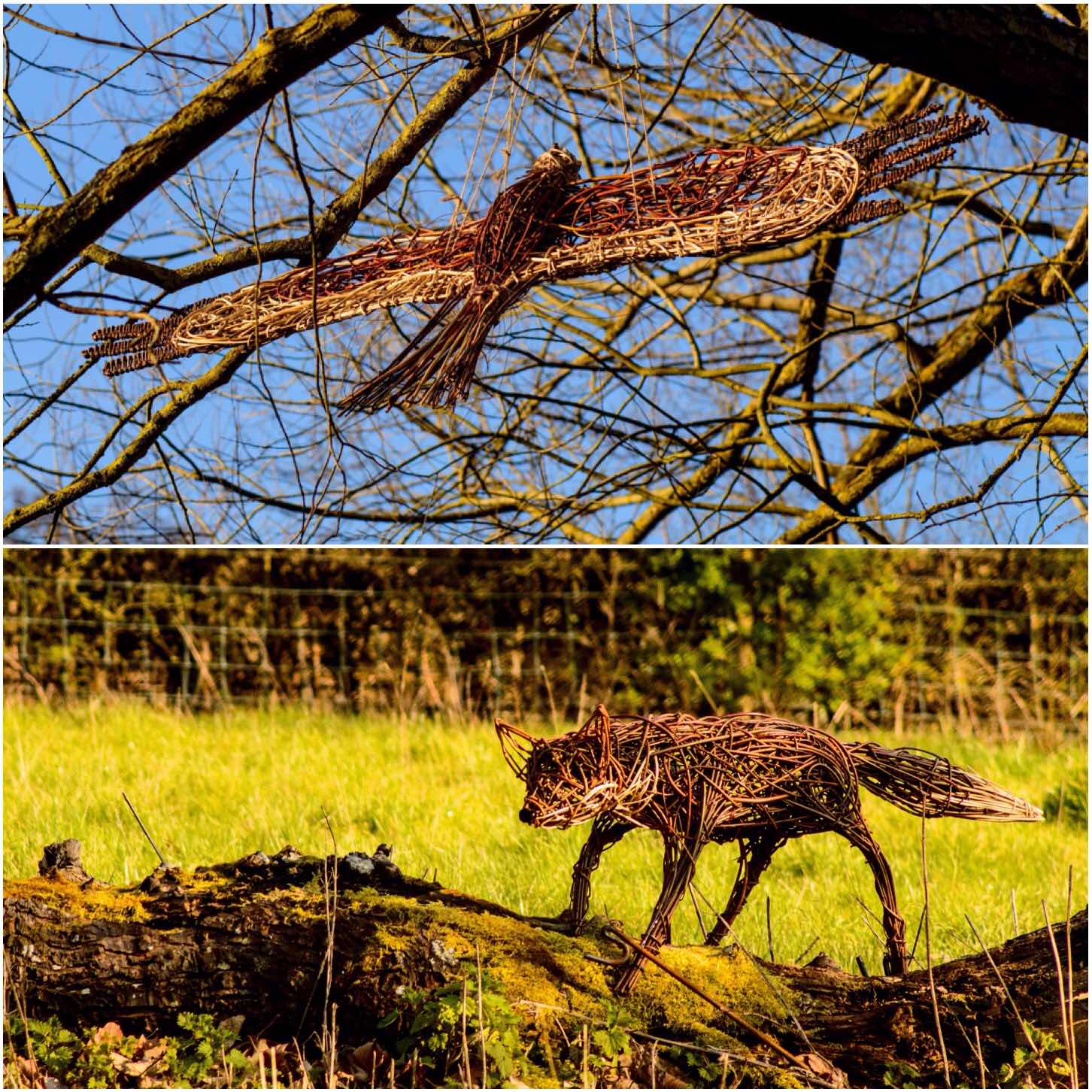
This last few days (been resting up with a torn calf muscle) I was thinking that I hadn’t gotten out as much as I would have liked this winter however after looking through my albums I must admit that when I did get out and about – they were good times.
Cheers
George
